We are testing the Sony a9, Canon 1DX and Nikon D5 today in a showdown for the ages. We picked these three because they are the three cameras you would consider for a higher end setup. The Canon and Nikon cameras are built like tanks and can take a beating. The Sony doesn’t seem to have that kind of build quality, but it’s packed with features. It’s also quite smaller than the other options because it’s mirrorless.
Auto Focus
The first test we did was auto focus. All three of these cameras are supposed to have great auto focus features. This is especially important if you’re trying to do action photography which these cameras are particularly good at.
We were surprised at the different results we got from setting the a9 to mechanical shutter for this test and it was slow. Using the mechanical shutter option, you’re better off with the Nikon or Canon. But with electronic shutter, the Sony was much faster.
The Canon 1DX lost a lot of frames on our test. We ran two tests. The first one had the focus on the back end when the subject was far away, but lost her as she came closer. The opposite happened when we ran the second test. We lost our subject on the back but it was able to grab focus towards the middle and stay with her until she was in a headshot position.
Out of all of the cameras, Sony had the best auto focus. Its eye detect feature worked great compared to the Canon 1DX and the Nikon D5.
Here are our results:
Canon 1DX
Nikon D5
Sony a9
Resolution Test
None of these cameras are megapixel monsters like the Sony a7RIII, but we still wanted to see how they ranked between each other. The Sony a9 has a slight edge with 24 megapixels, but you can be the judge of that.
All of these cameras were very similar when it came to resolution. We shot them all with the same settings, but Nikons tend to shoot a little brighter. It also looks a little warmer than the Canon and the Sony.
Canon 1DX
Nikon D5
Sony a9
Dynamic Range Test
We are going to under expose by five stops and over expose by three stops and see what we come up with. We want to see if the cameras can handle the highlights and shadows and how the roll off is.
The photos we took looked very similar when we looked at the normal view. The Canon started to shift color a bit at +1. At +2 stops, the Nikon is basically gone. You cannot use any of these images at +2 and you can forget about anything at +3.
There’s great benefit with shooting underexposed. Many cameras can handle -3 stops no problem.
Canon 1DX
-5EV
-4EV
-3EV
-2EV
-1EV
0EV
+1EV
+2EV
+3EV
Nikon D5
-5EV
-4EV
-3EV
-2EV
-1EV
0EV
+1EV
+2EV
+3EV
Sony a9
-5EV
-4EV
-3EV
-2EV
-1EV
0EV
+1EV
+2EV
+3EV
Video Quality
None of these cameras are flagship video cameras for these companies, but we thought we would test out the video capabilities anyway. None of them have flat picture profiles, which is pretty essential in this category. Canon comes closest with the CineStyle, but it’s still not as flat as a log profile.
None of these cameras can do super-slow motion, but the 1DX can do 4k 60fps.
Watch our review on YouTube for the videos!
ISO Test
All of these cameras are supposed to be great in low light. Or at least they’re advertised as such. So we’re going to skip ISO 100-400 because they are almost identical from each other at these ISO ranges.
We’ll start off at ISO 800.
Canon 1DX ISO800
Nikon D5 ISO800
Sony a9 ISO800
Canon 1DX ISO1600
Nikon D5 ISO1600
Sony a9 ISO1600
Canon 1DX ISO3200
Nikon D5 ISO3200
Sony a9 ISO3200
Canon 1DX ISO6400
Nikon D5 ISO6400
Sony a9 ISO6400
Canon 1DX ISO12800
Nikon D5 ISO12800
Sony a9 ISO12800
Canon 1DX ISO25600
Nikon D5 ISO25600
Sony a9 ISO25600
Nikon D5 ISO51200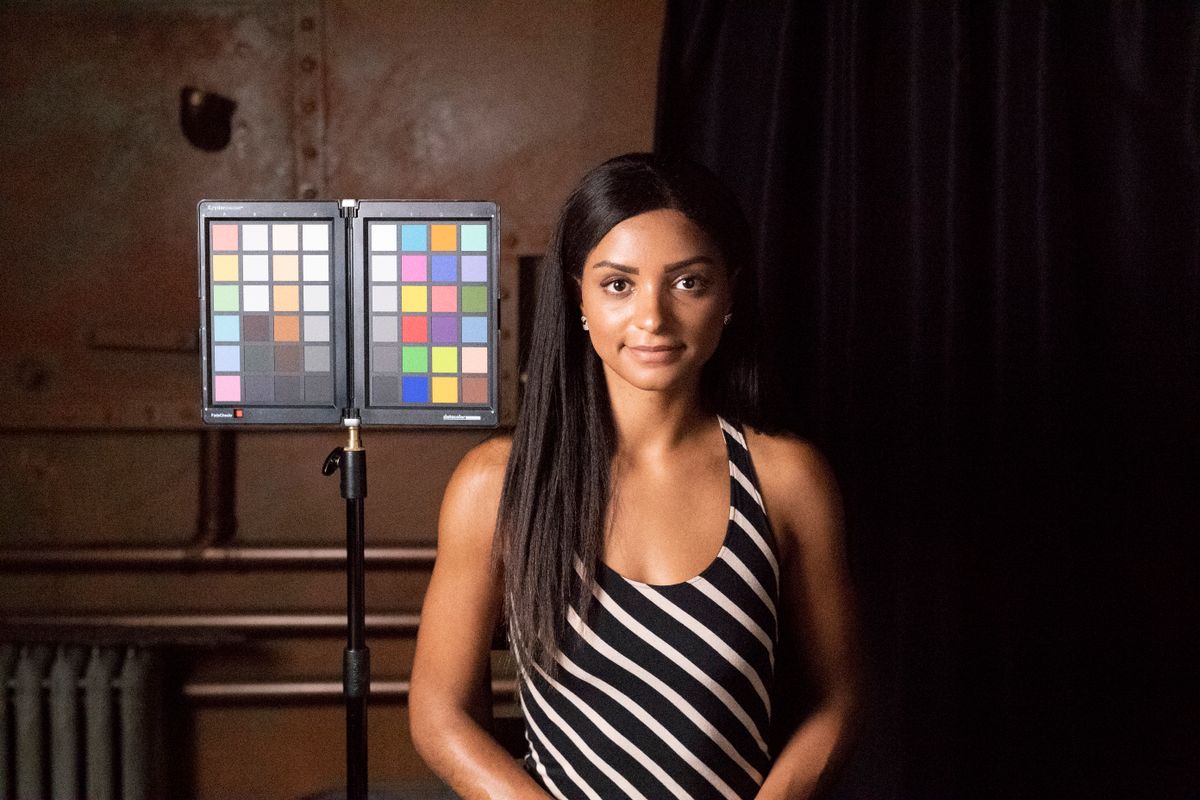
Sony a9 ISO52100
Recap
So there you go! Our thoughts on these three cameras. Let us know what you think about each of these and which one you would go with. There are some pros and cons to each as with anything and you’ll have to decide for yourself which one is right for you.
The Nikon and Canon are tanks and if you’re a sports photographer or someone who’s out in the Amazon, this type of weather-sealed body might be a must for you.
That’s all for now, thanks for checking out our review!
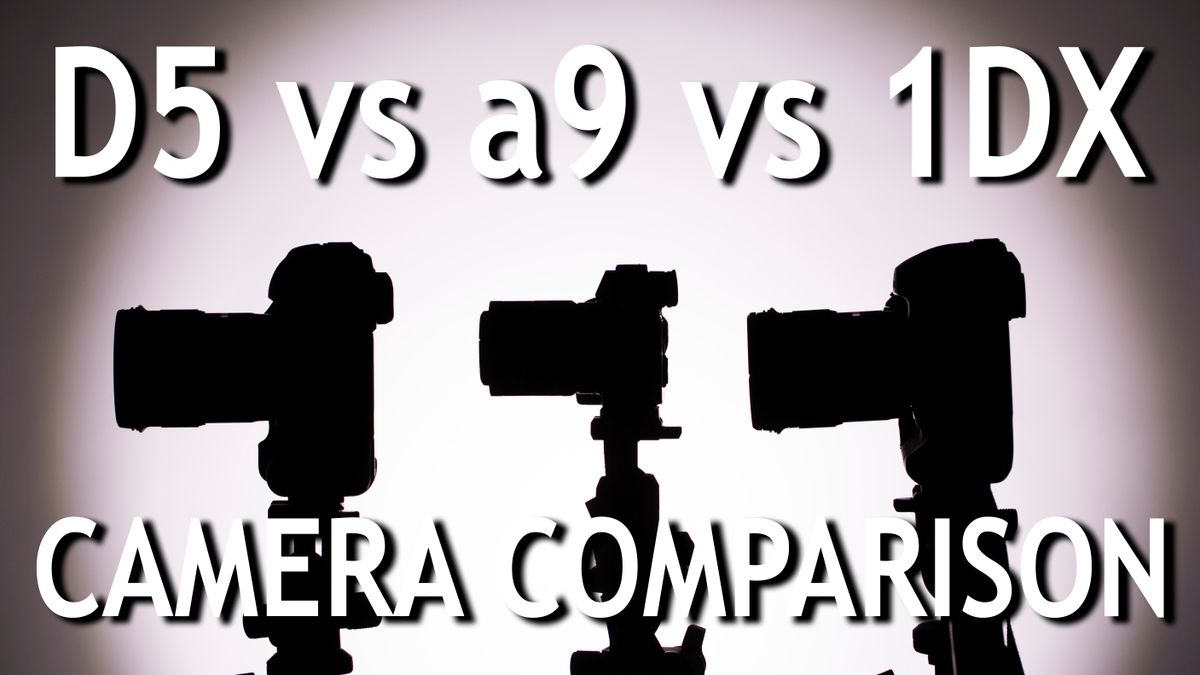
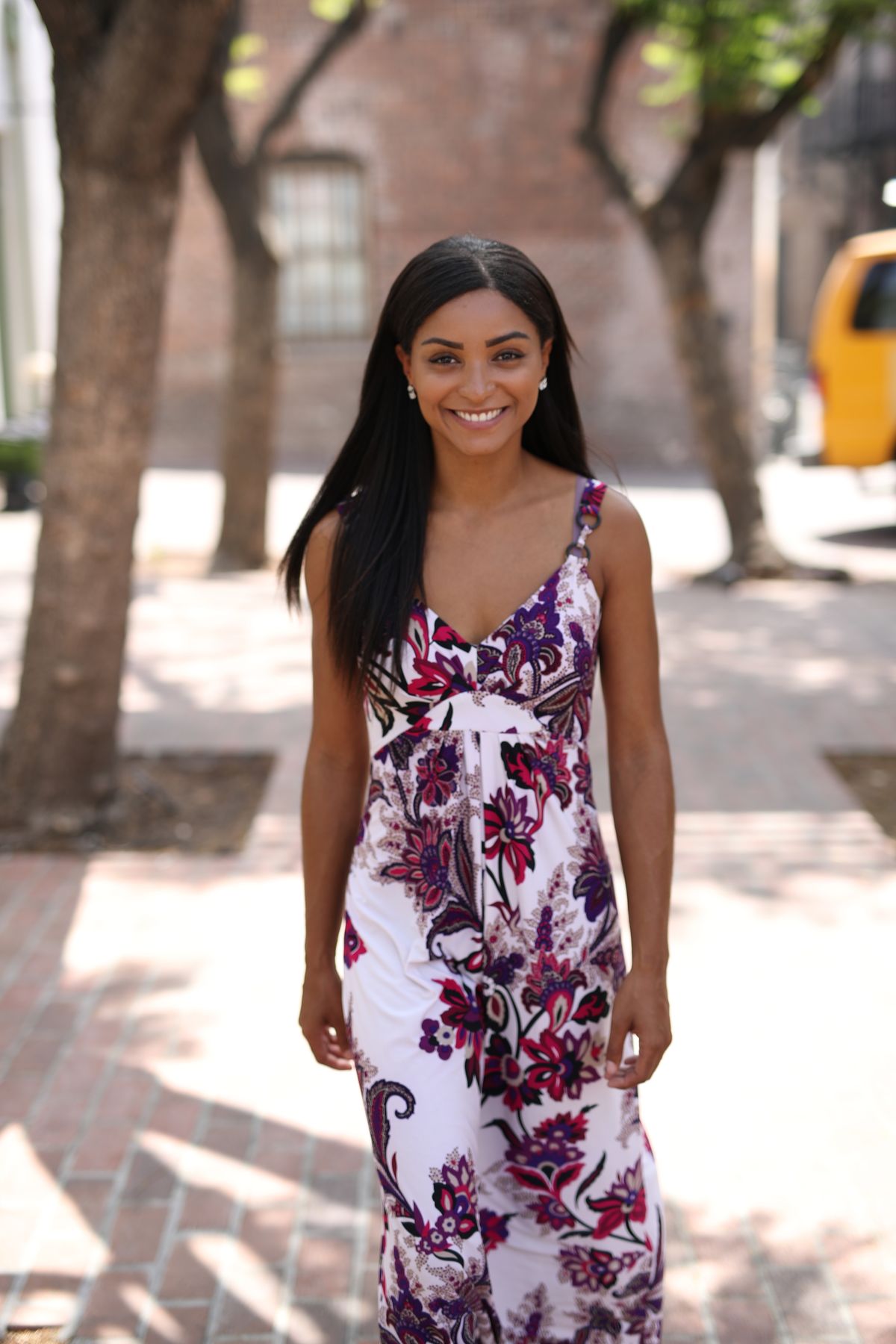

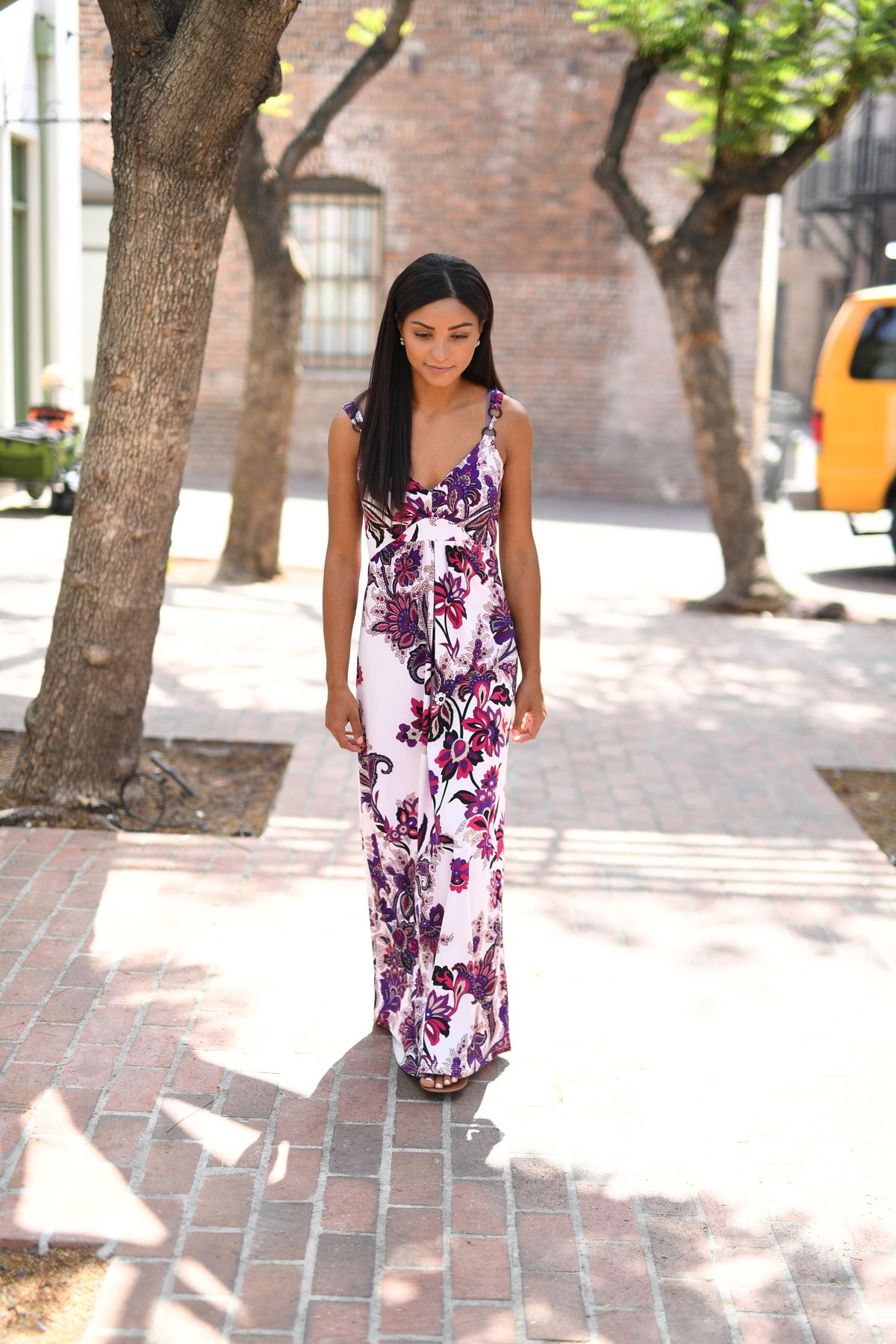
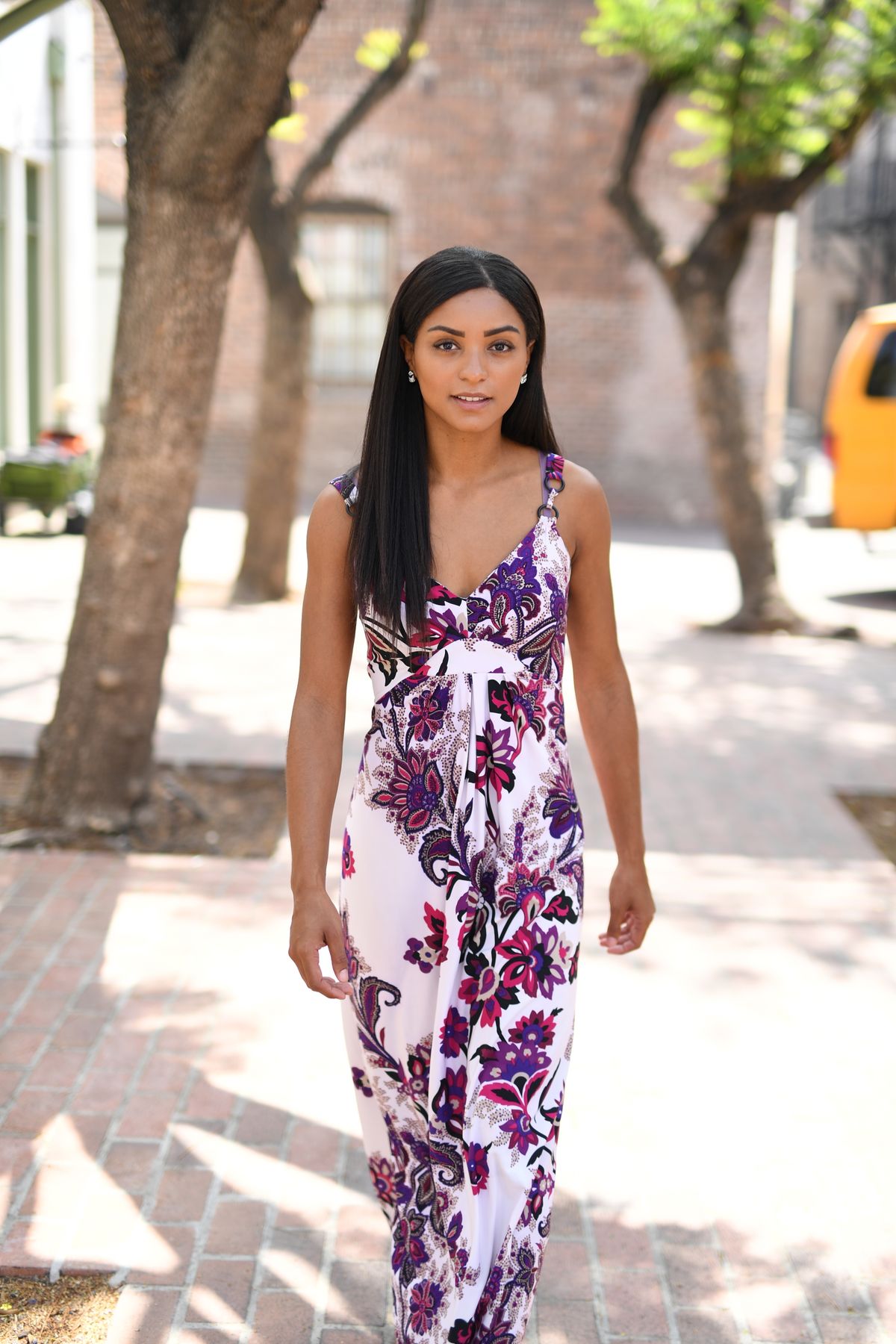


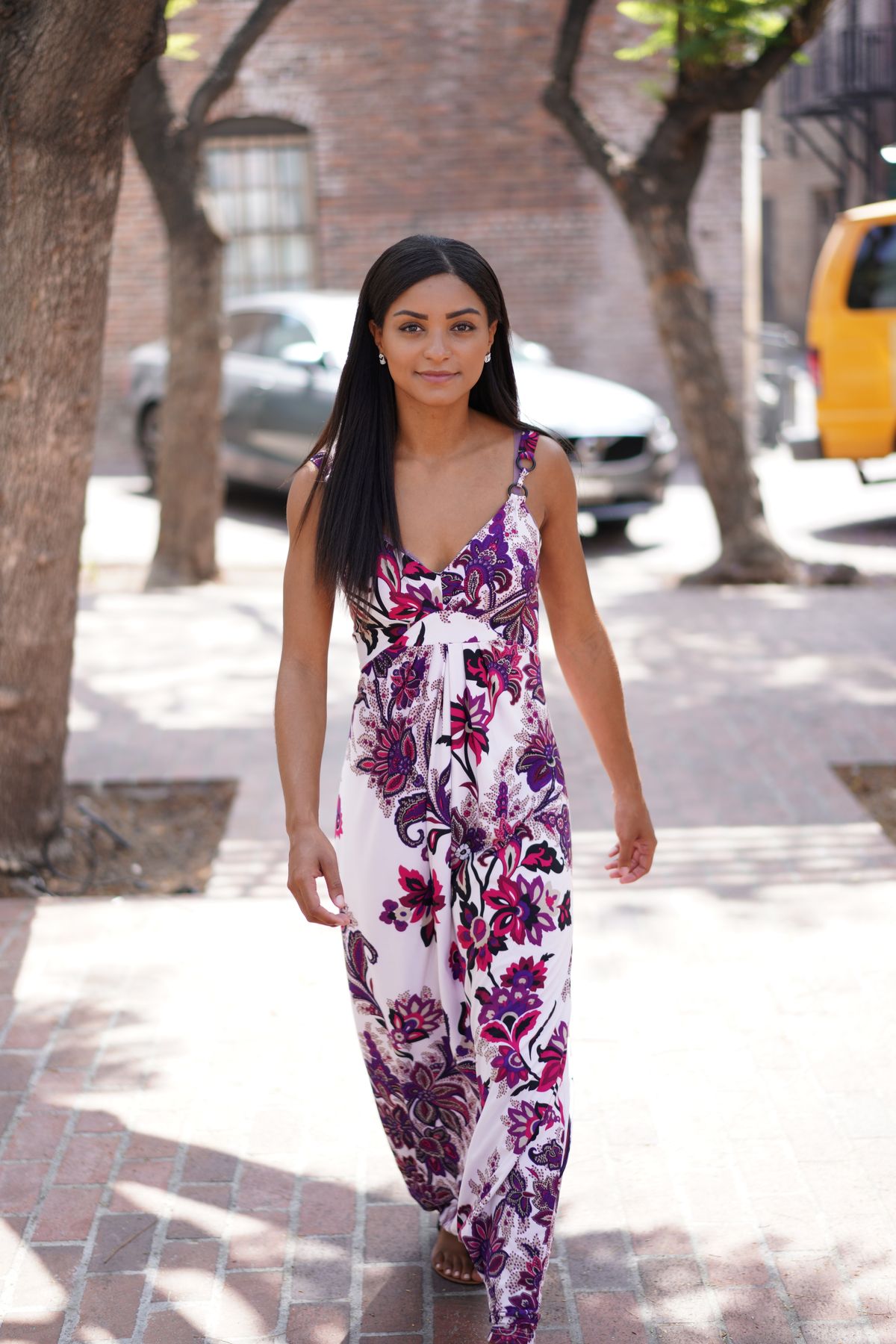

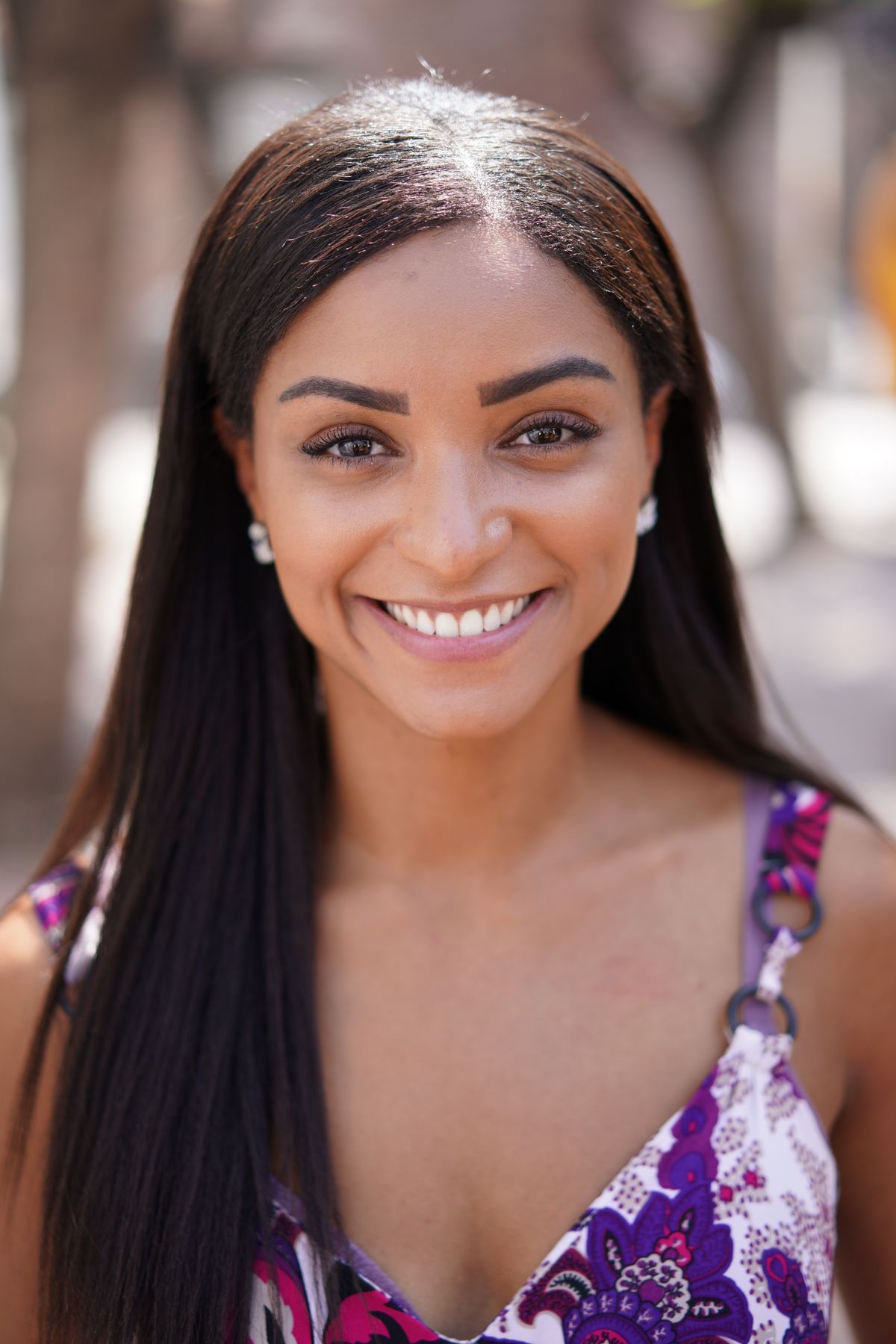
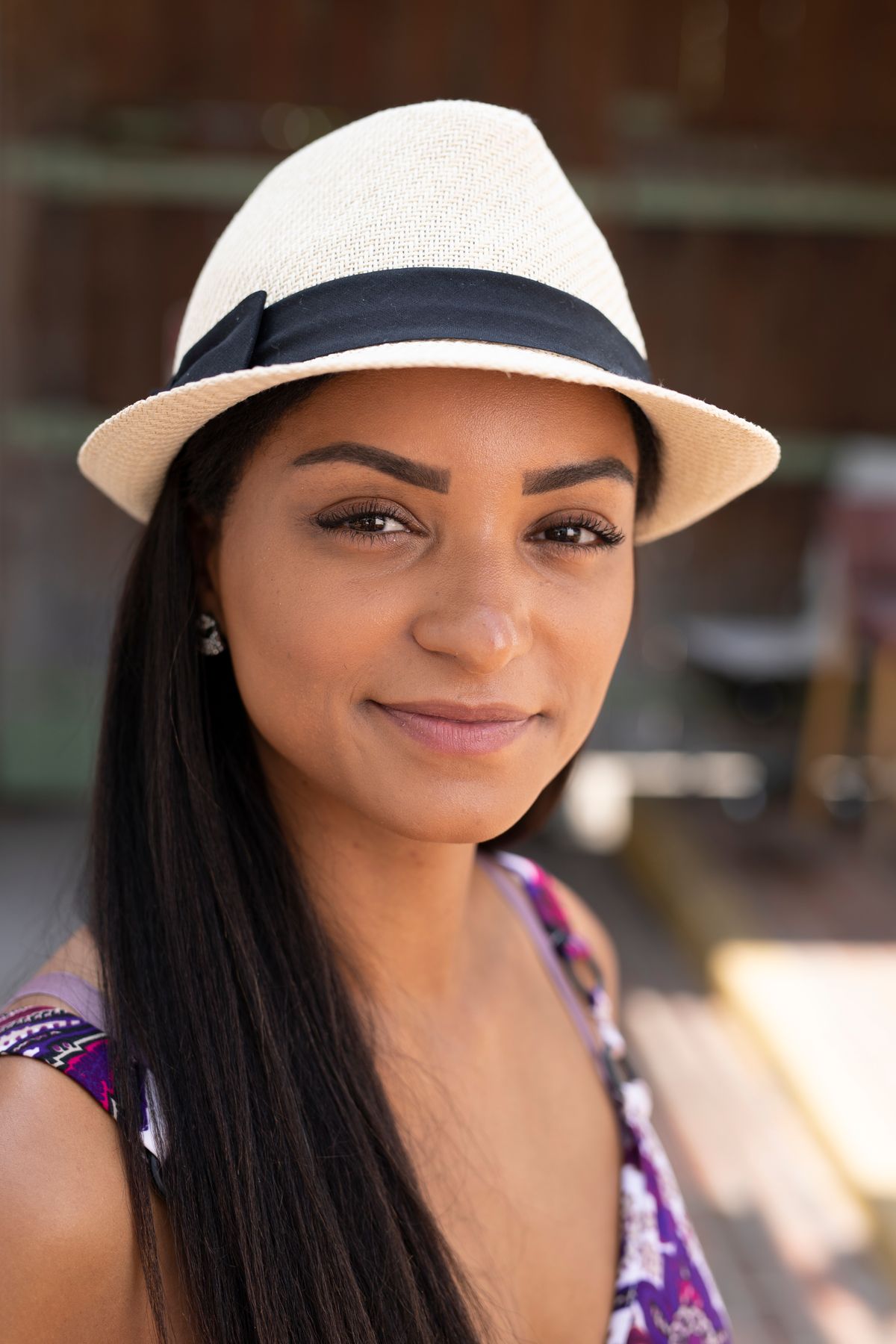
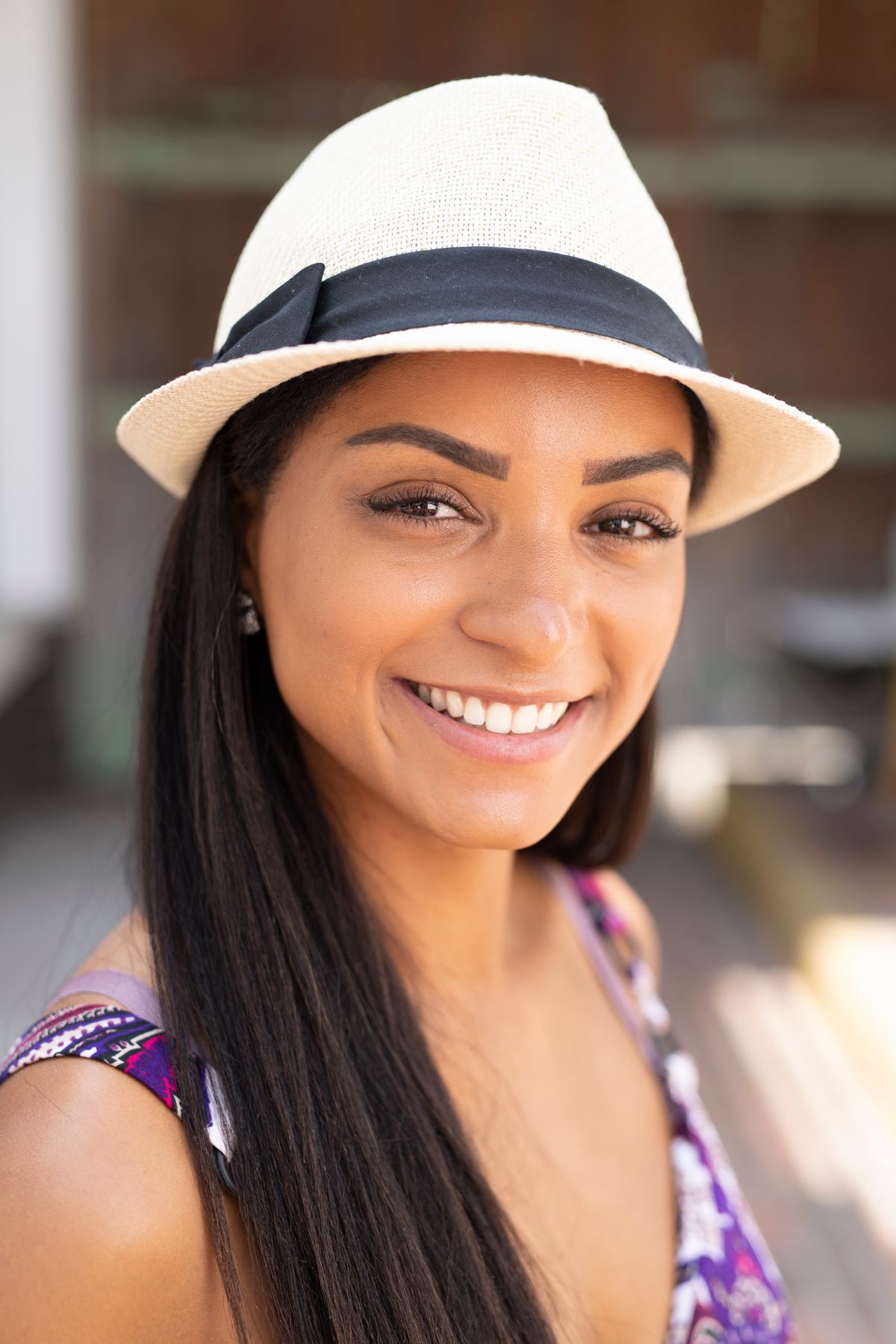

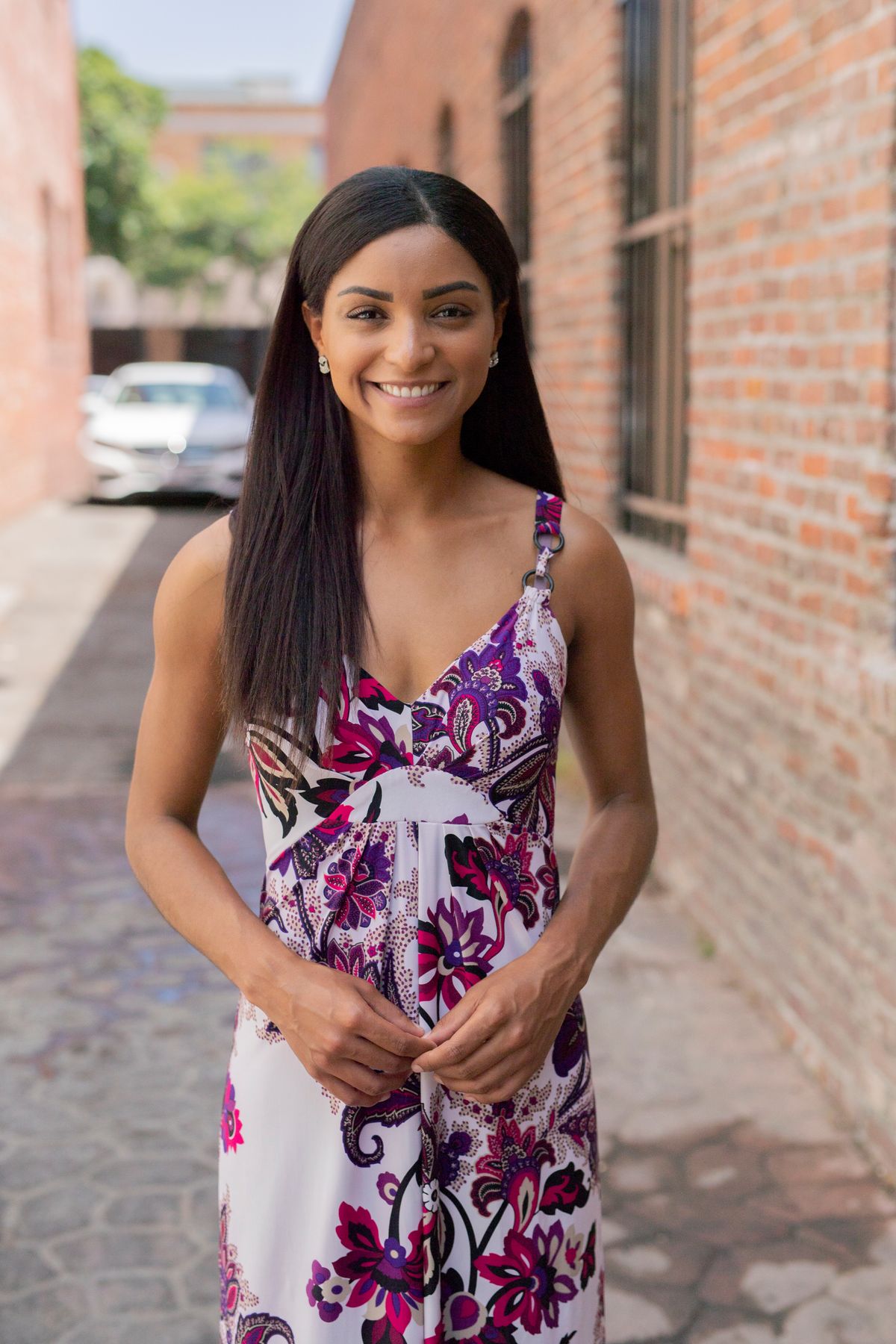
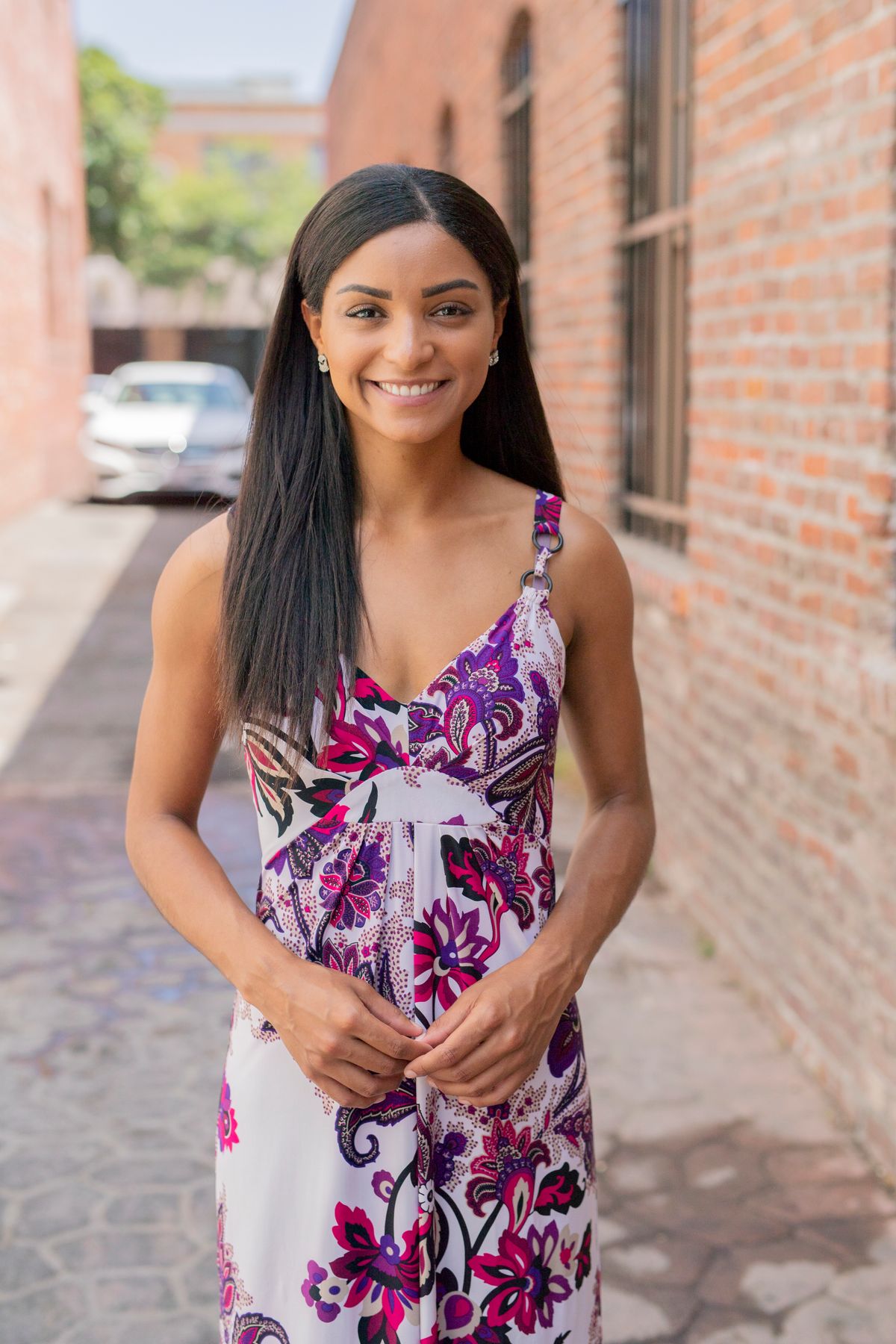
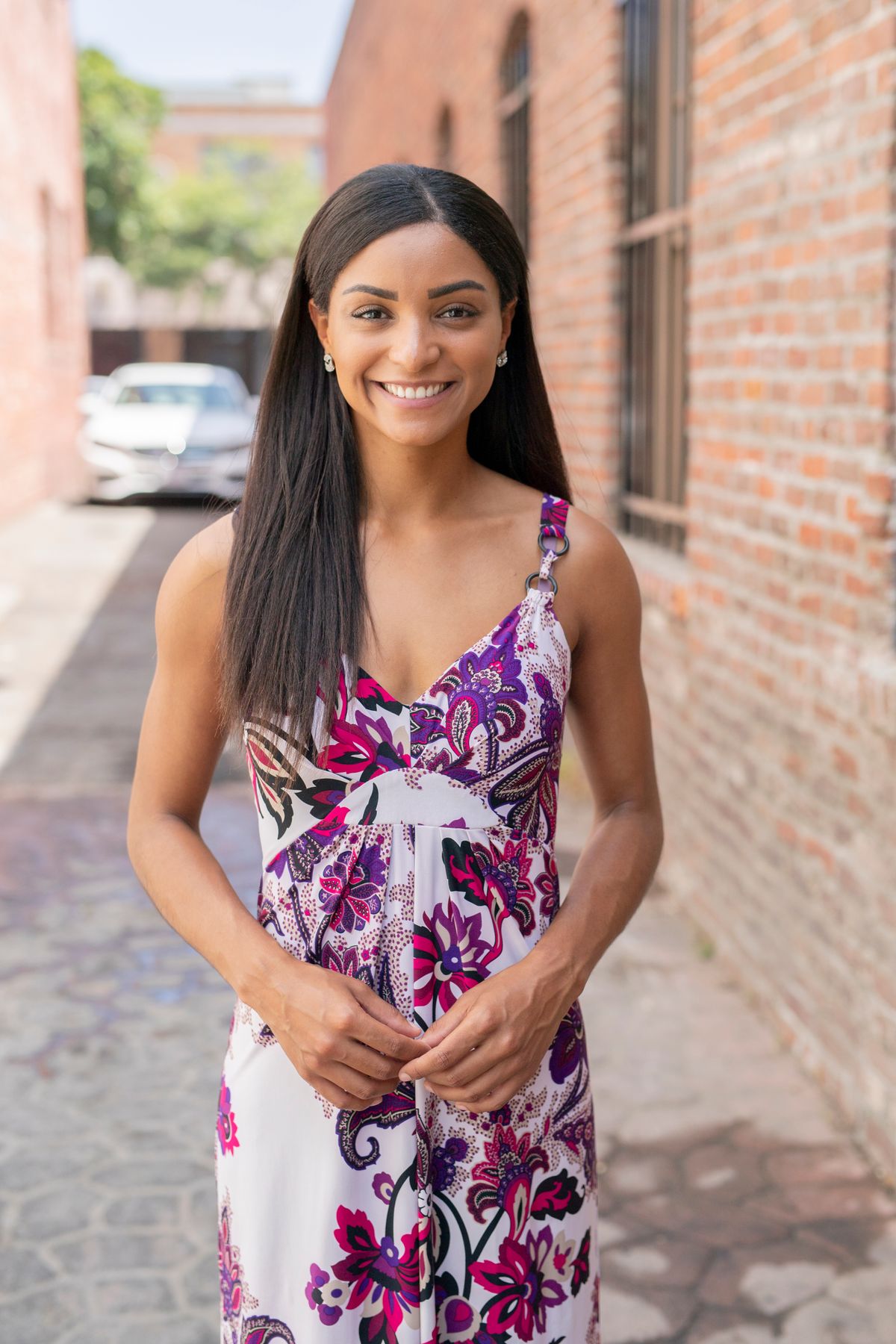
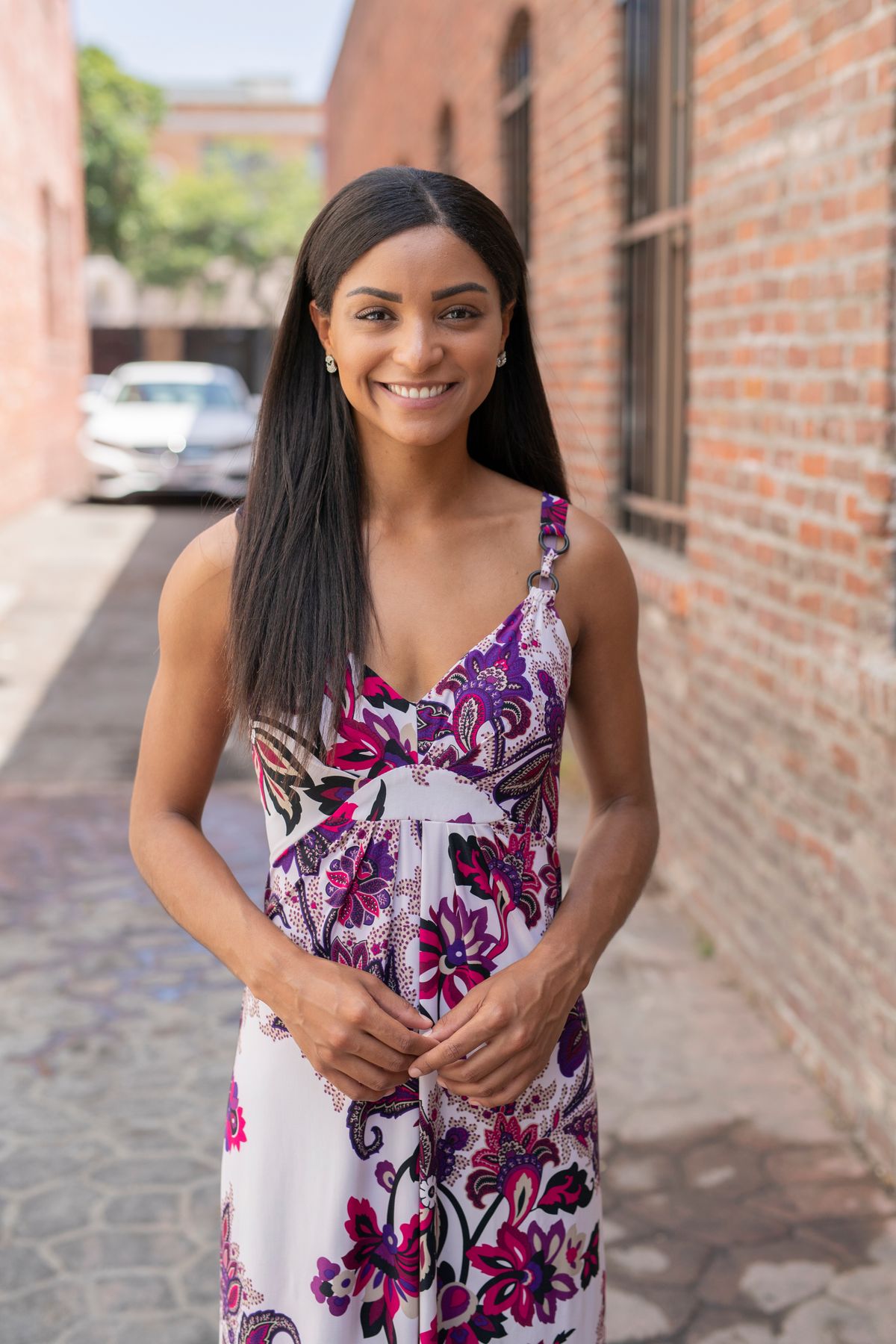

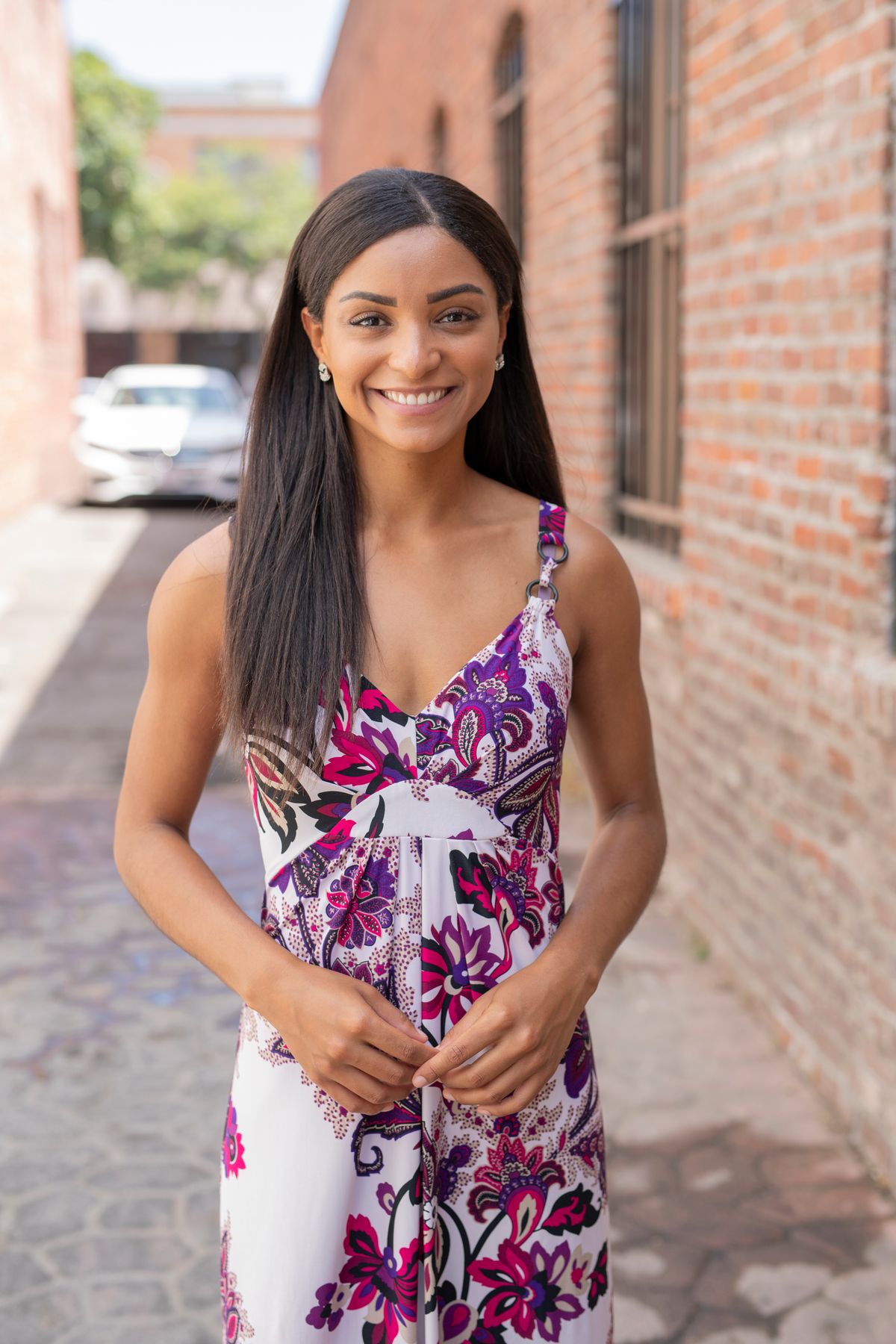
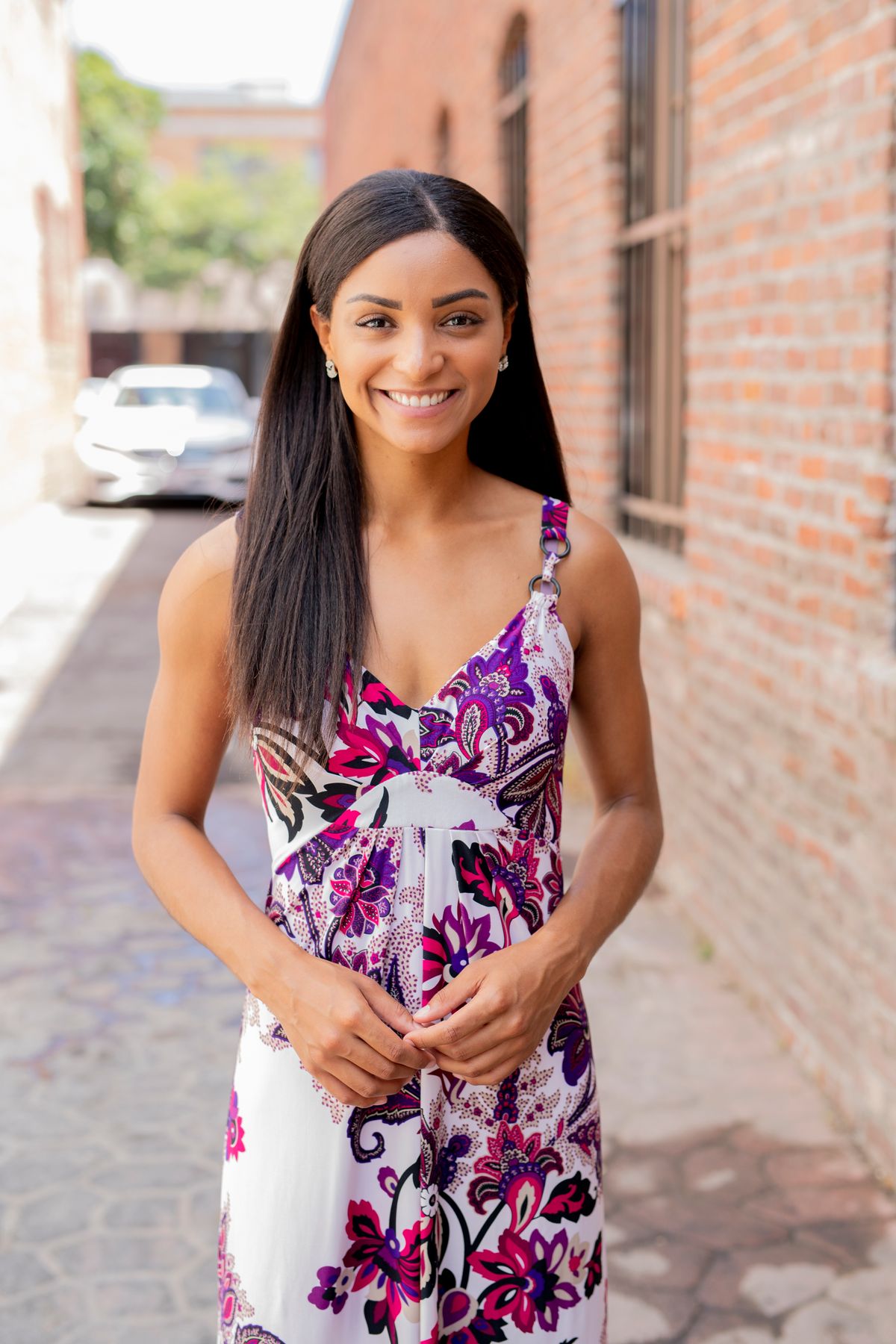
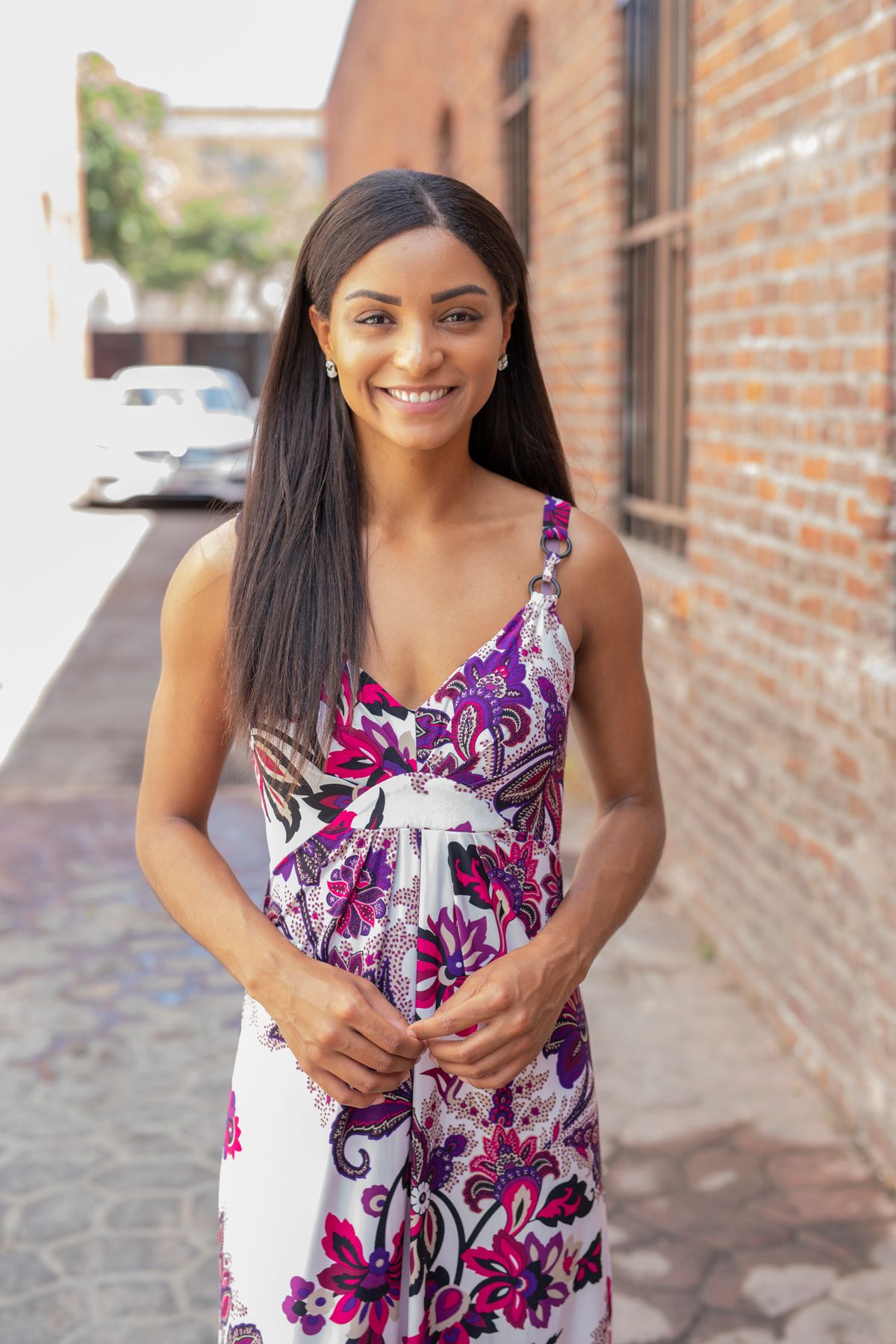
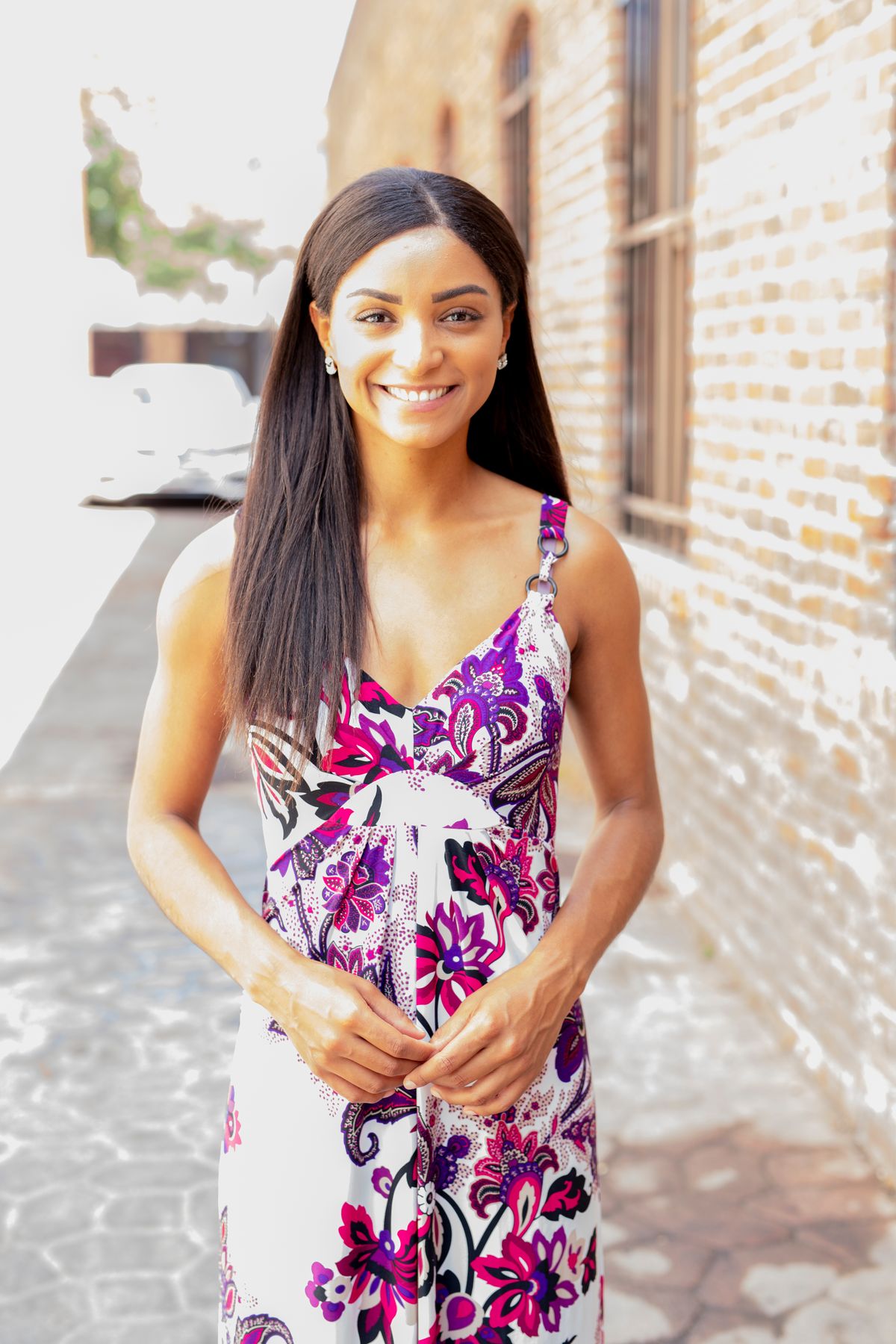

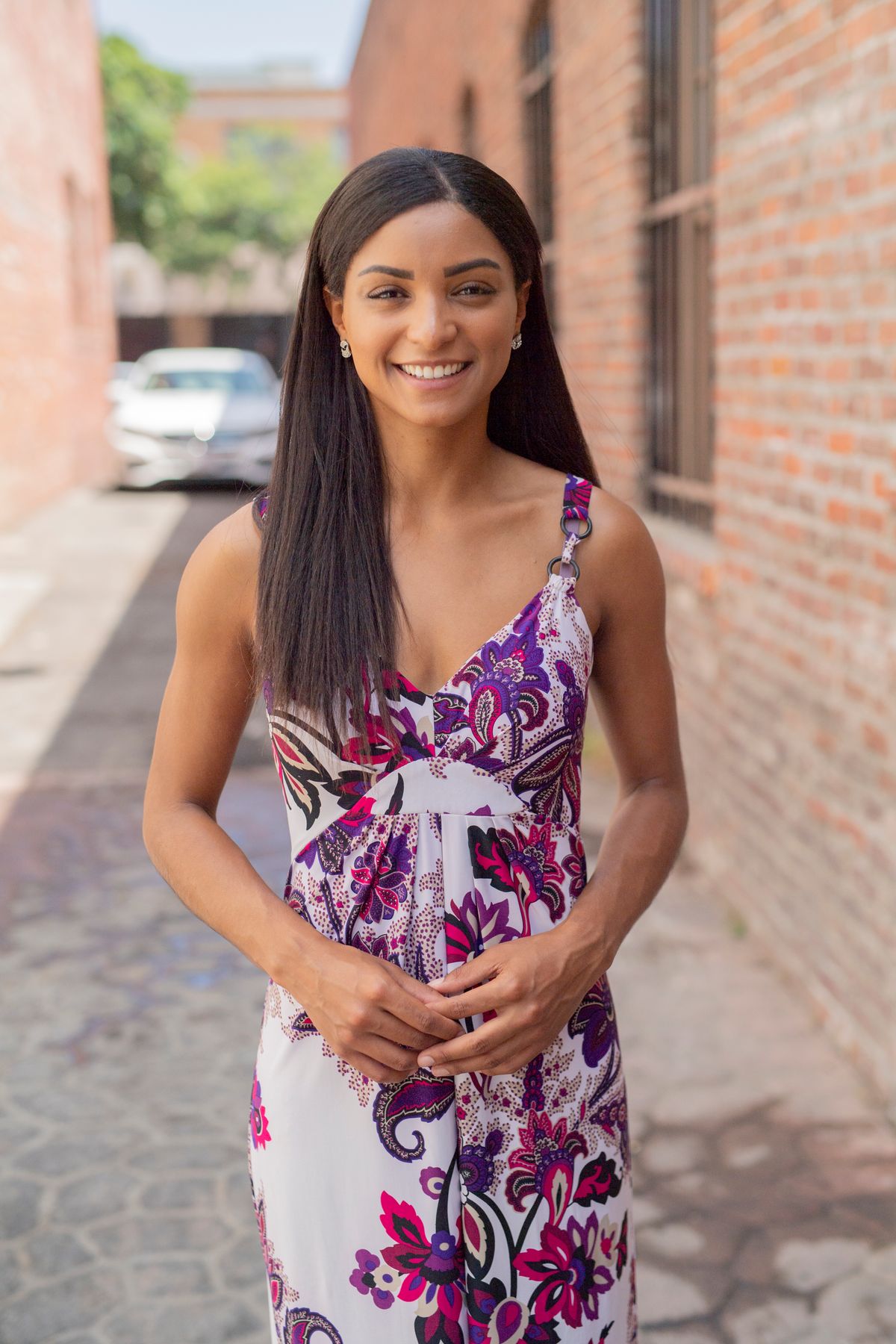
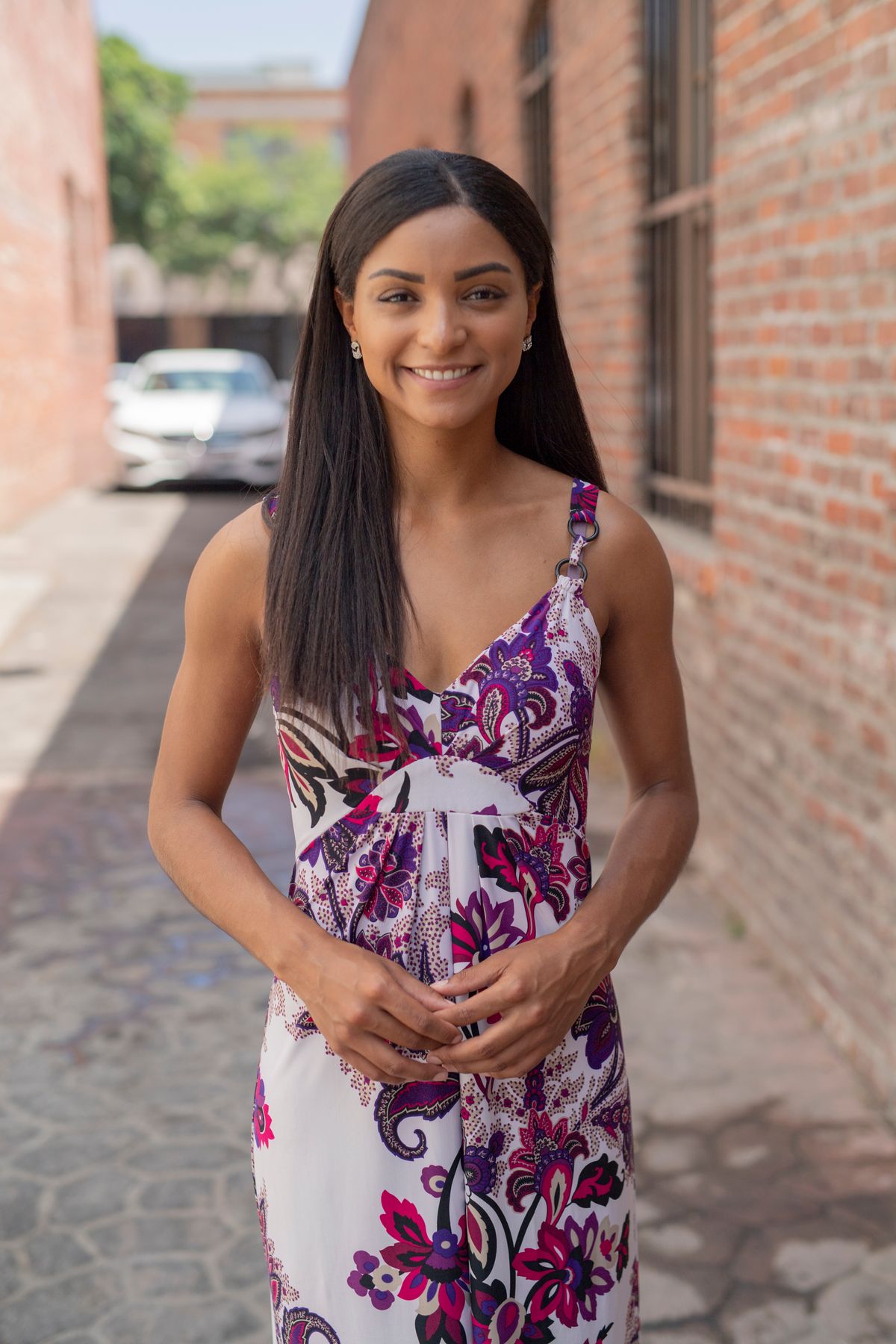
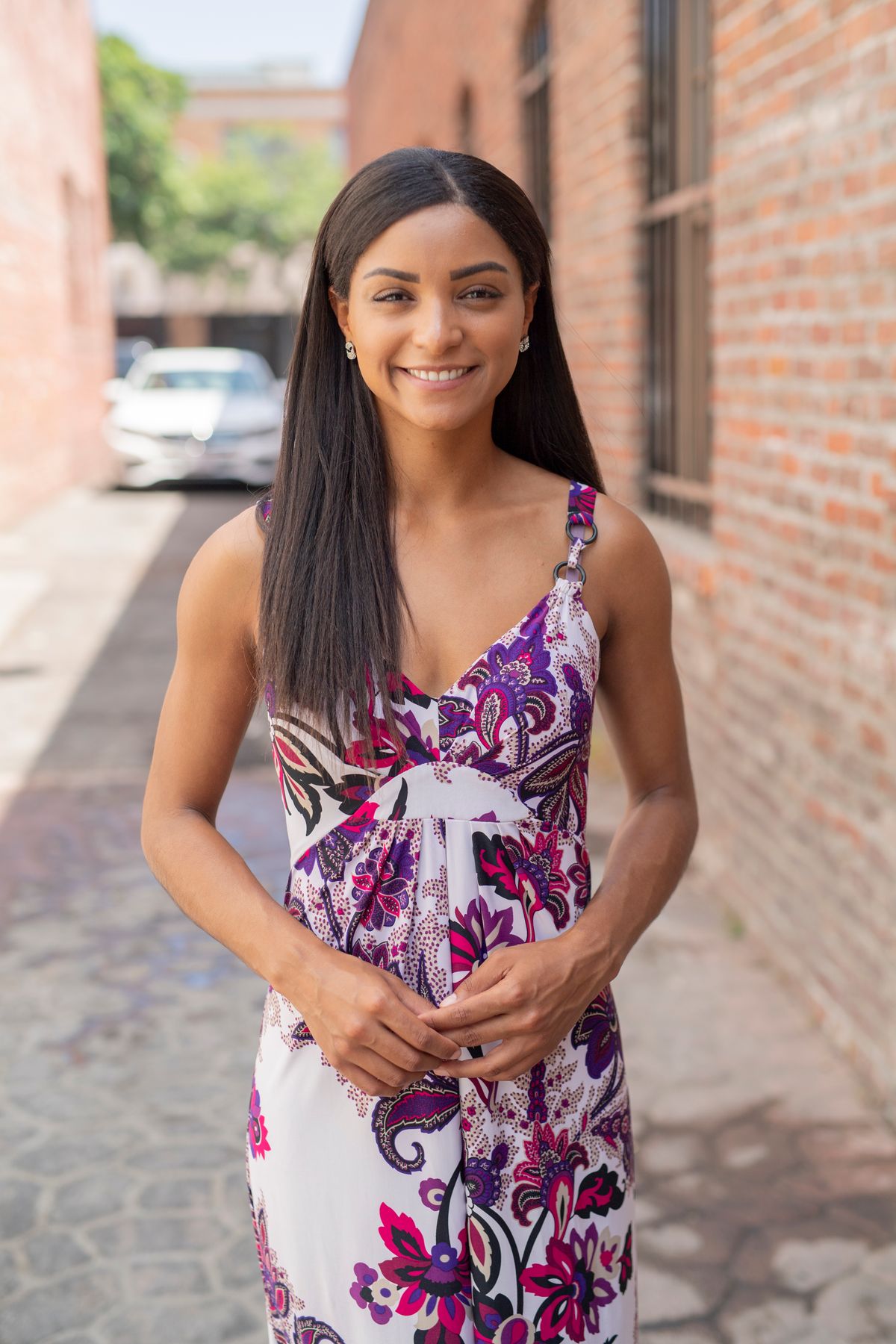
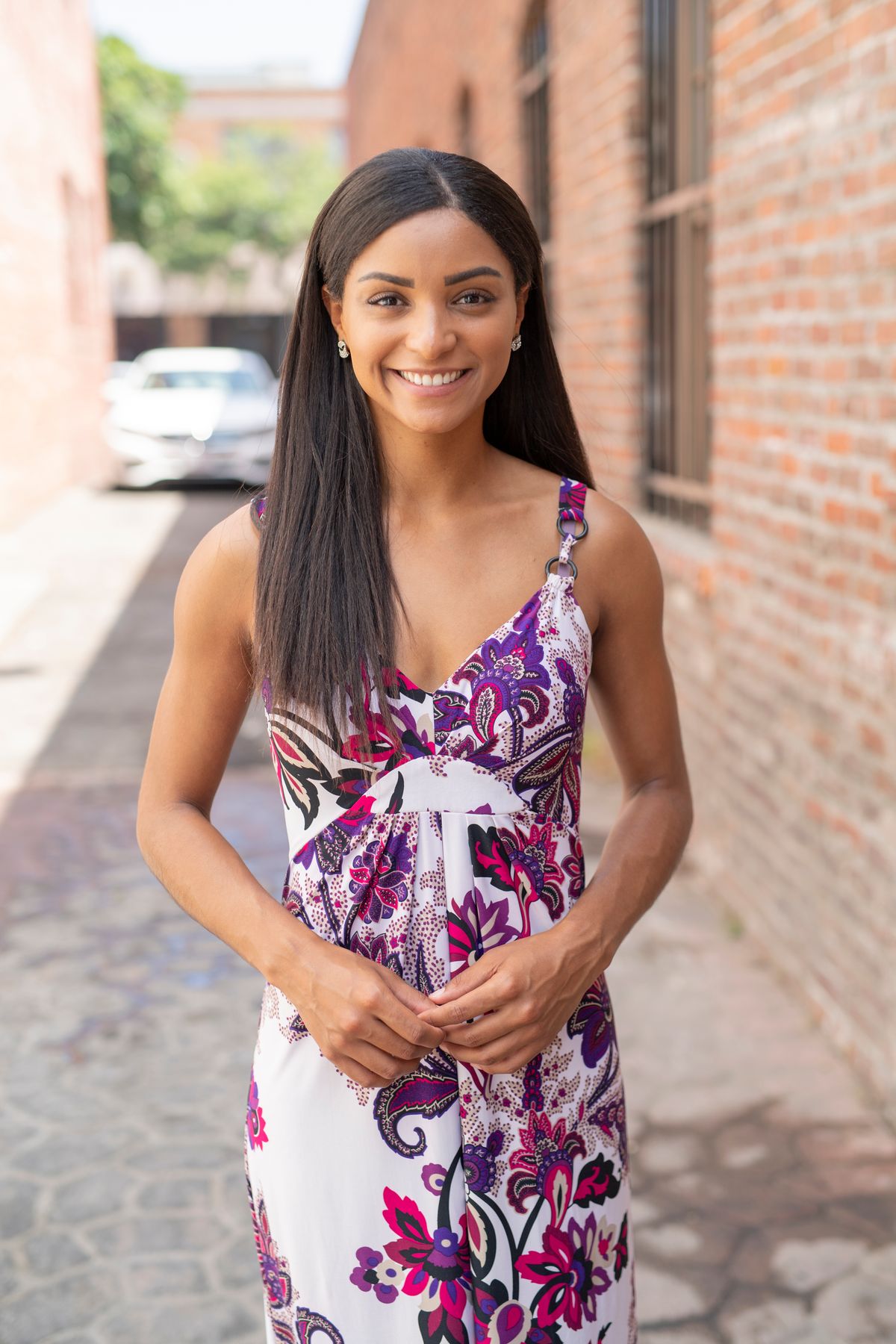
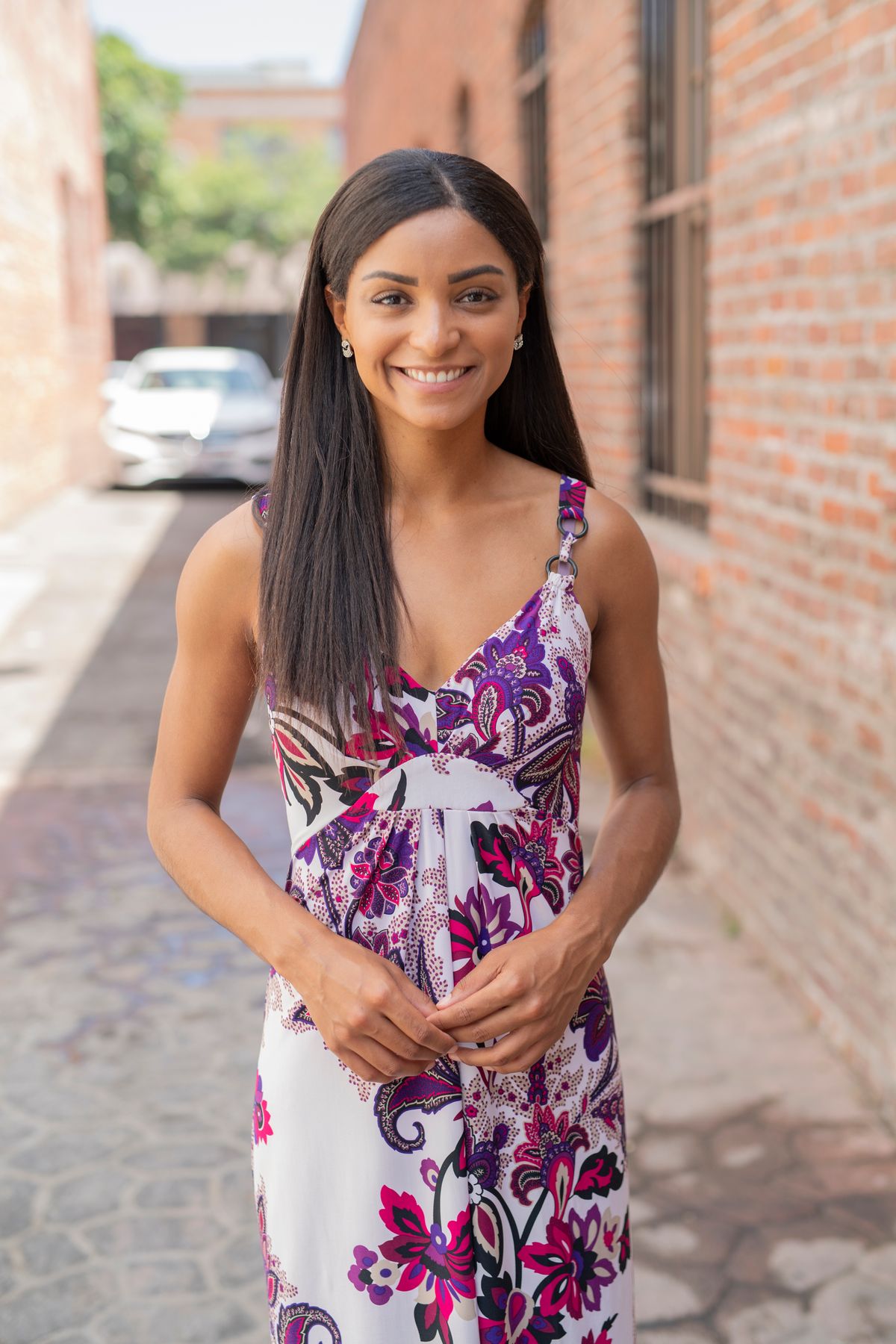
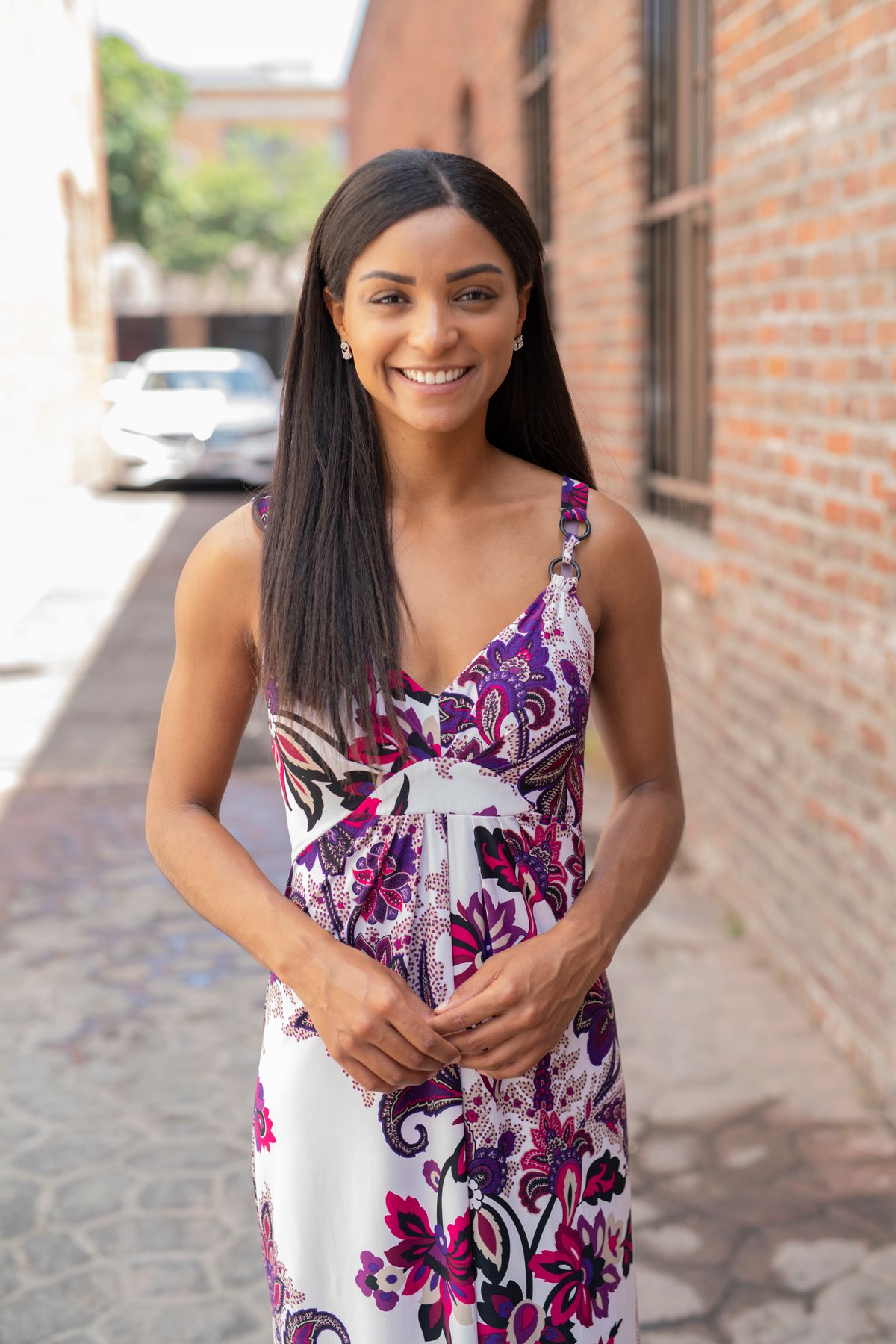
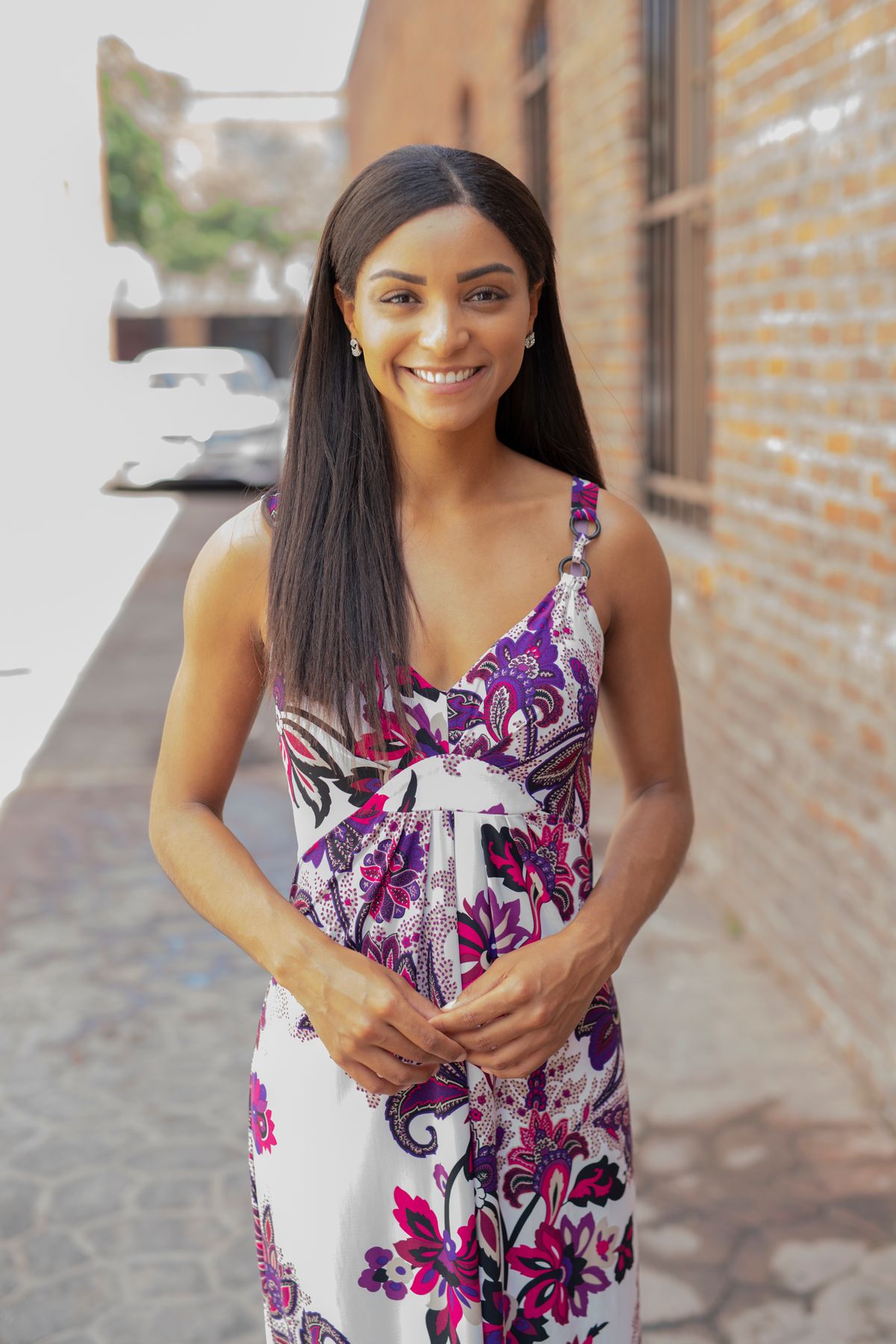
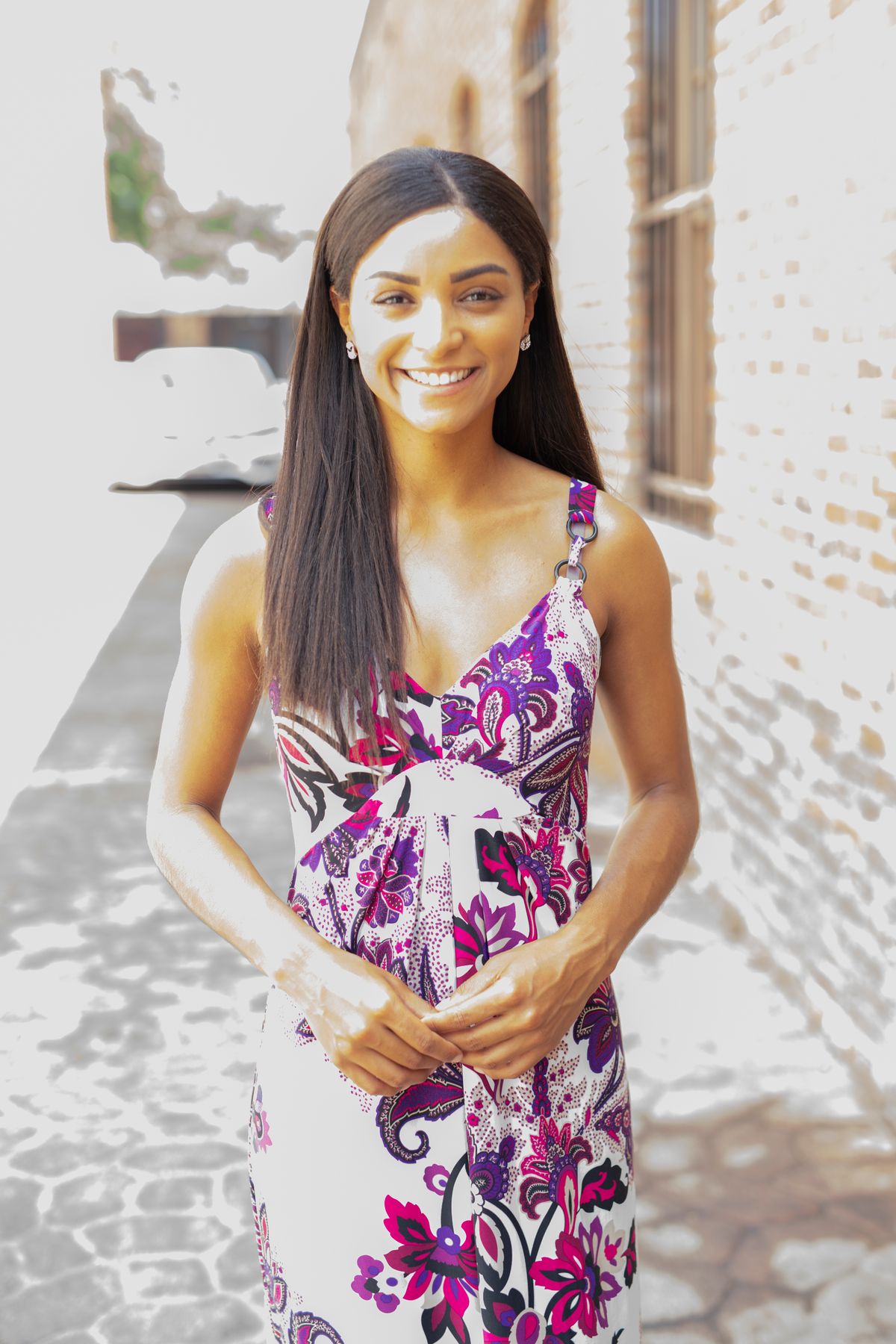
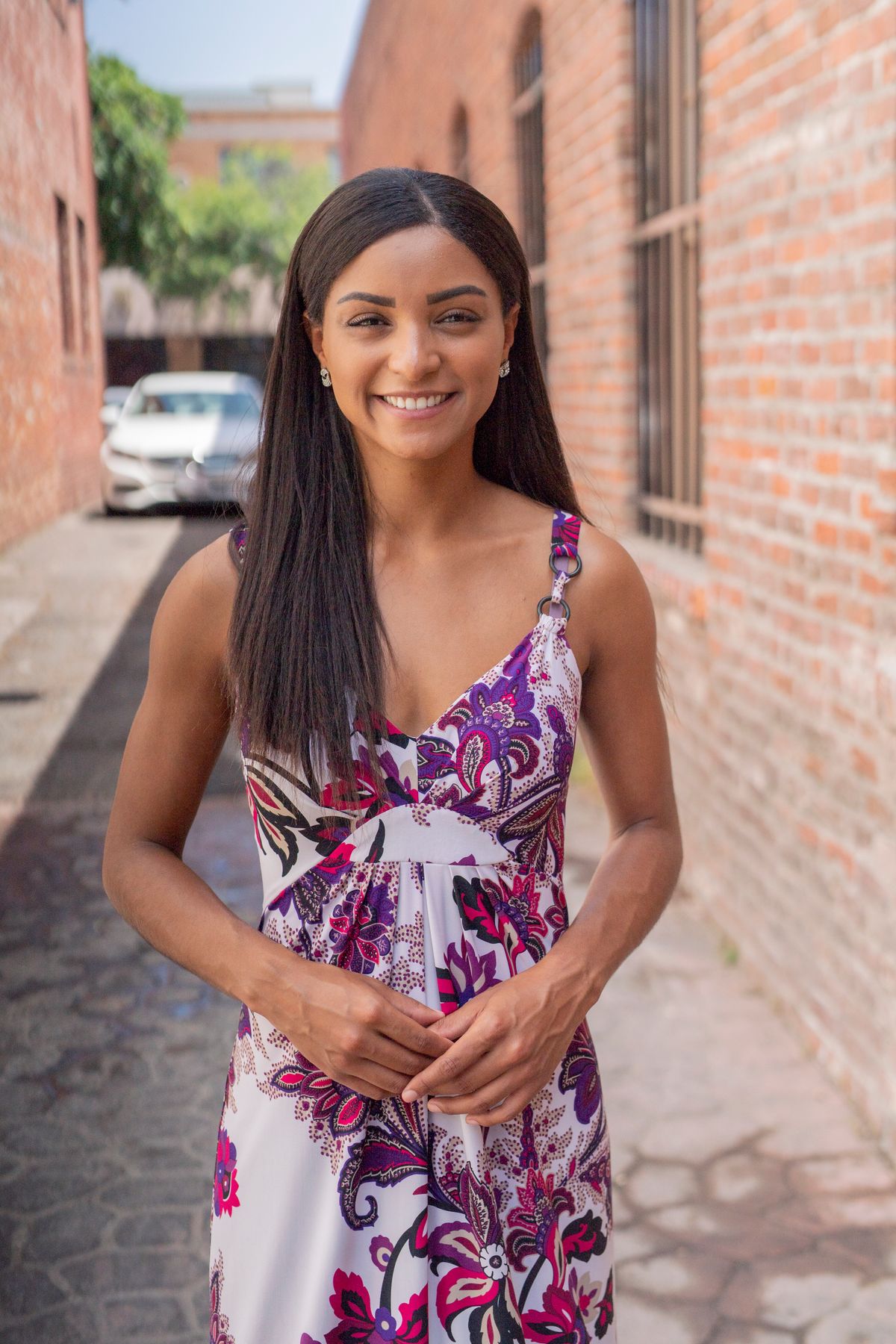
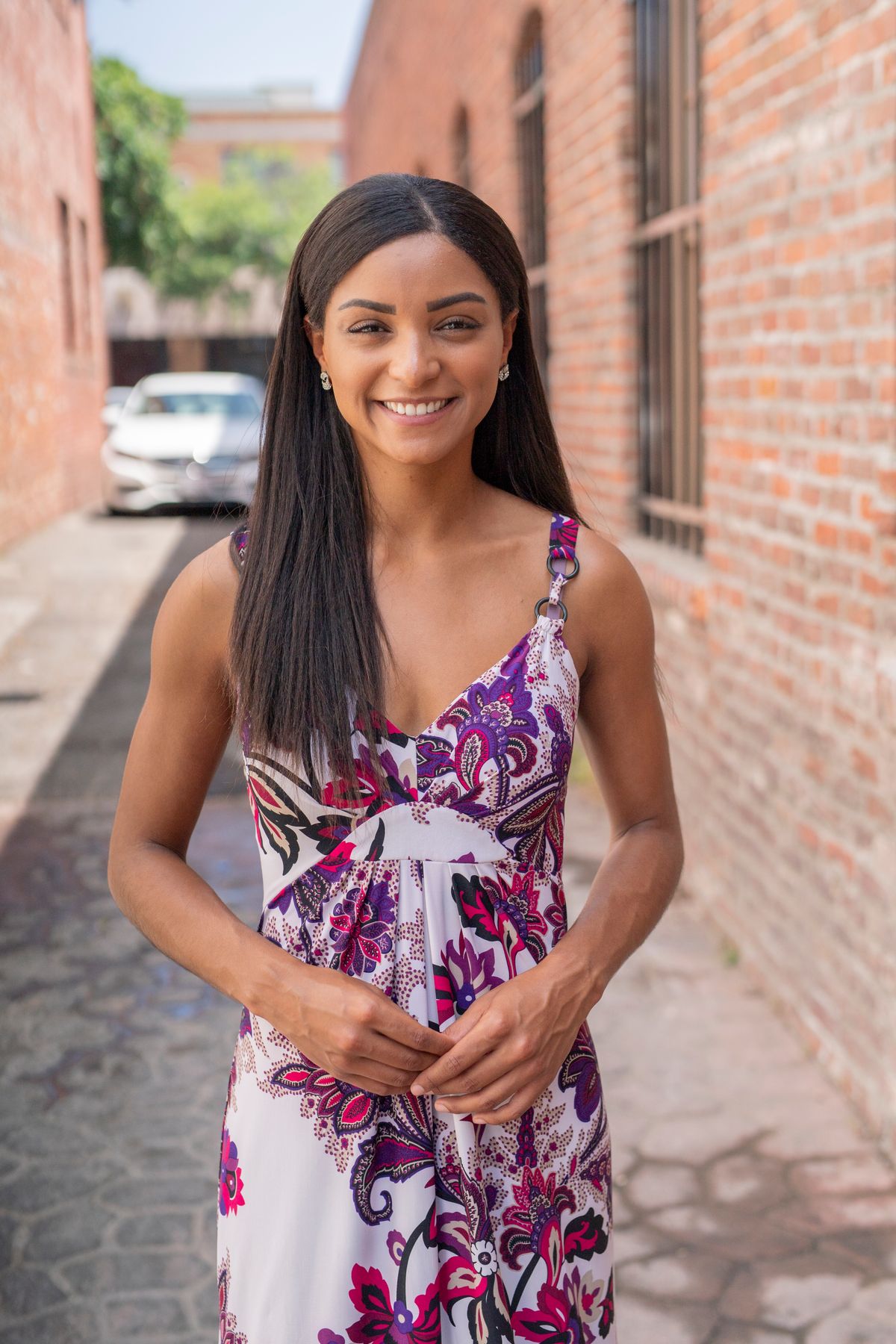
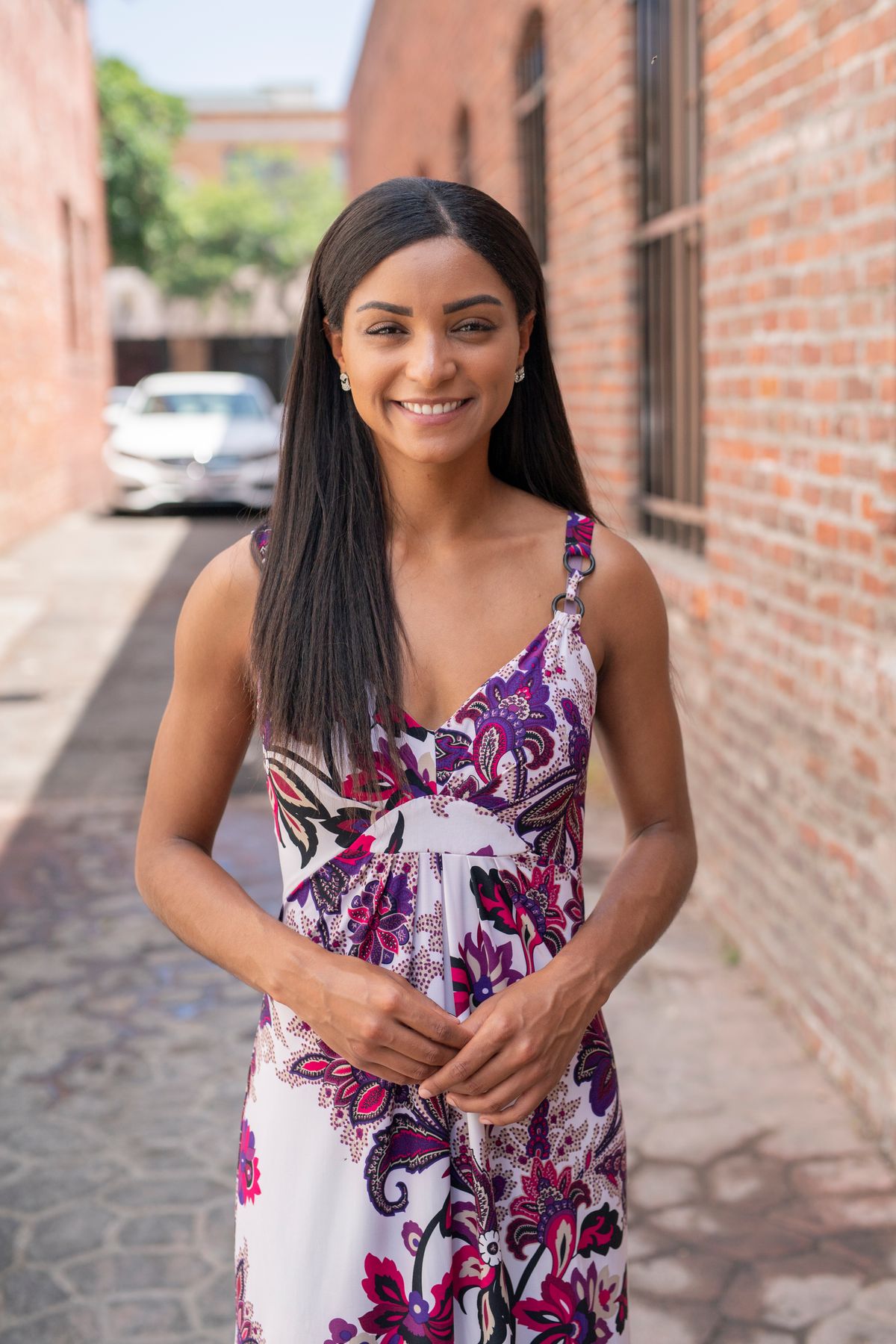
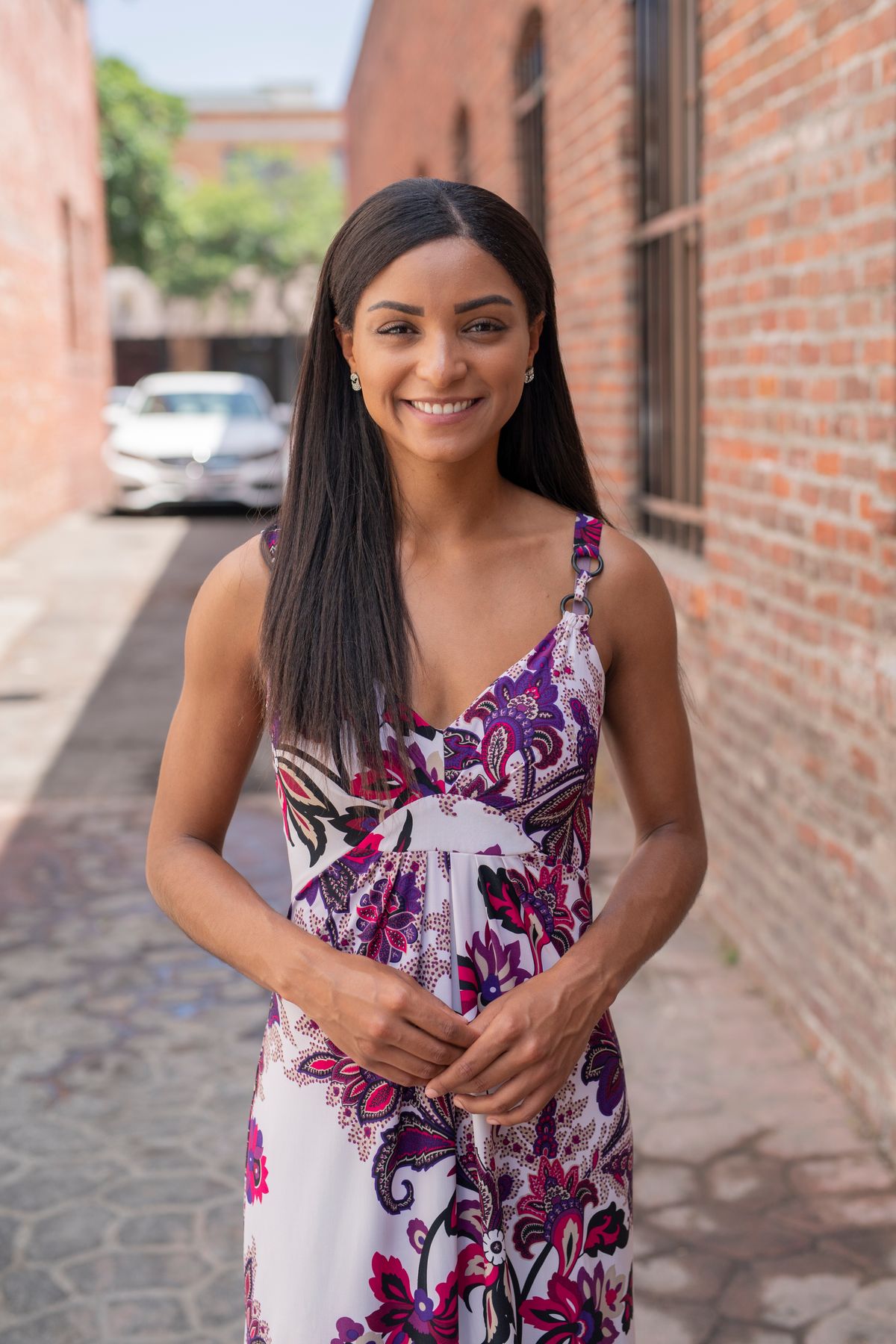
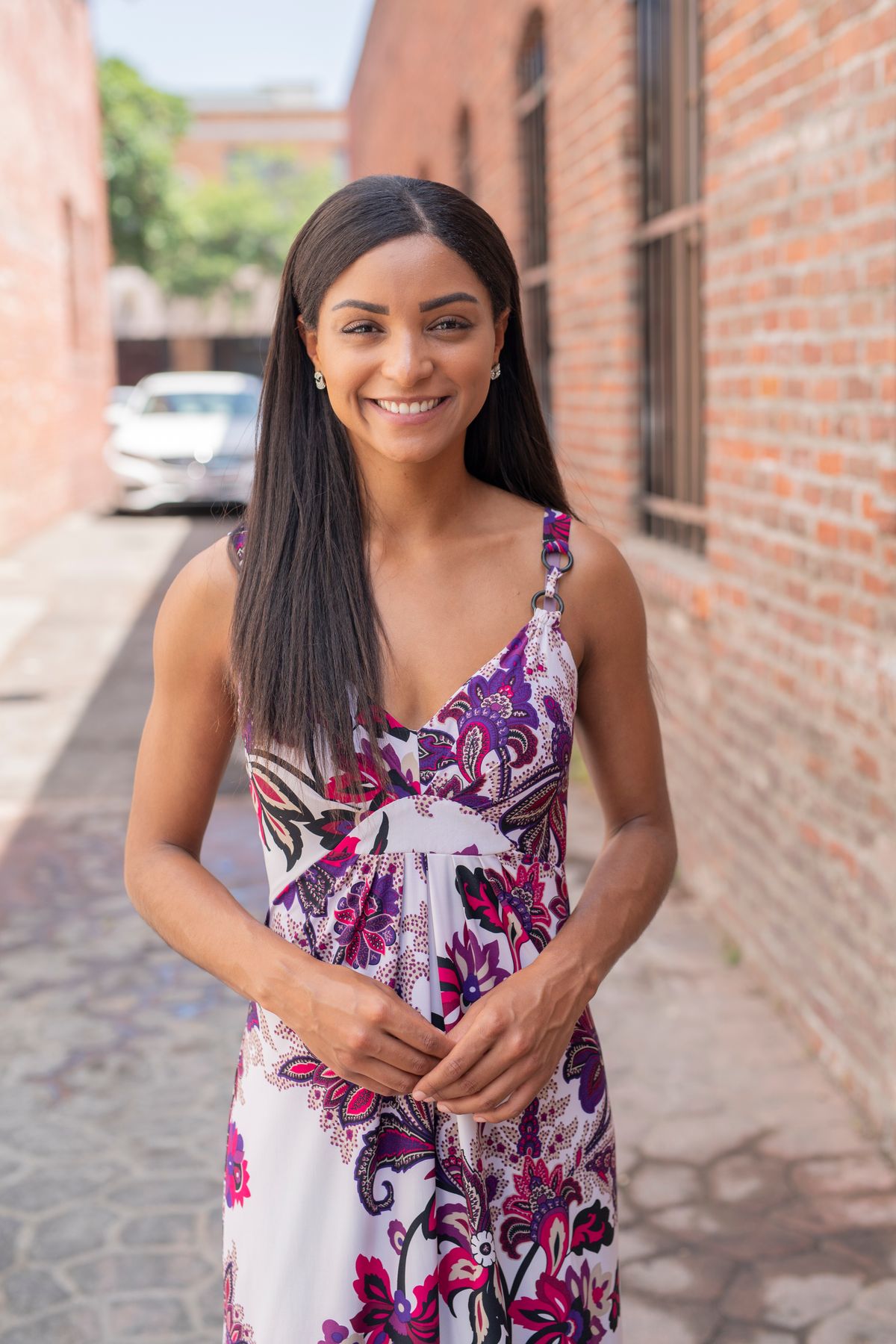
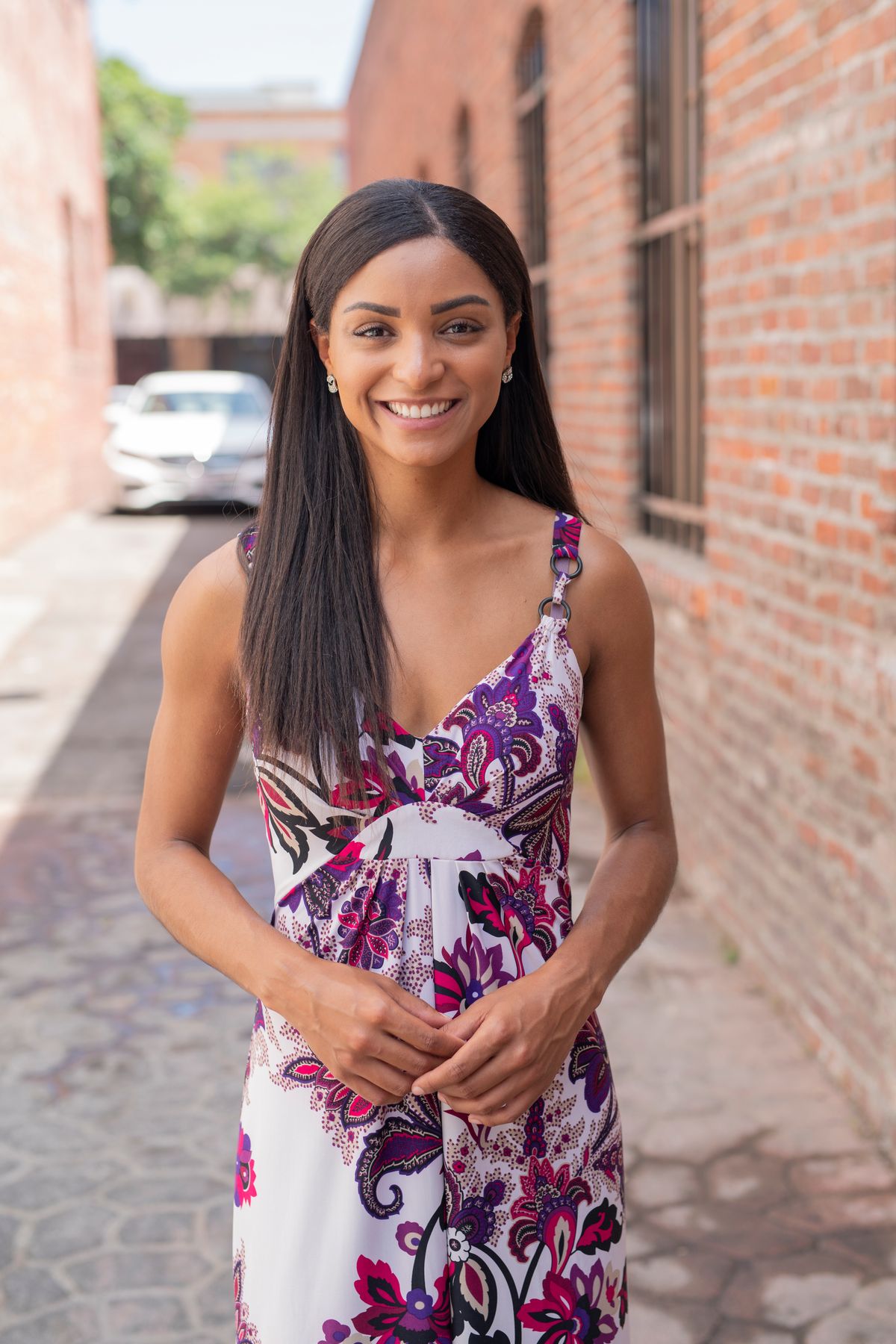
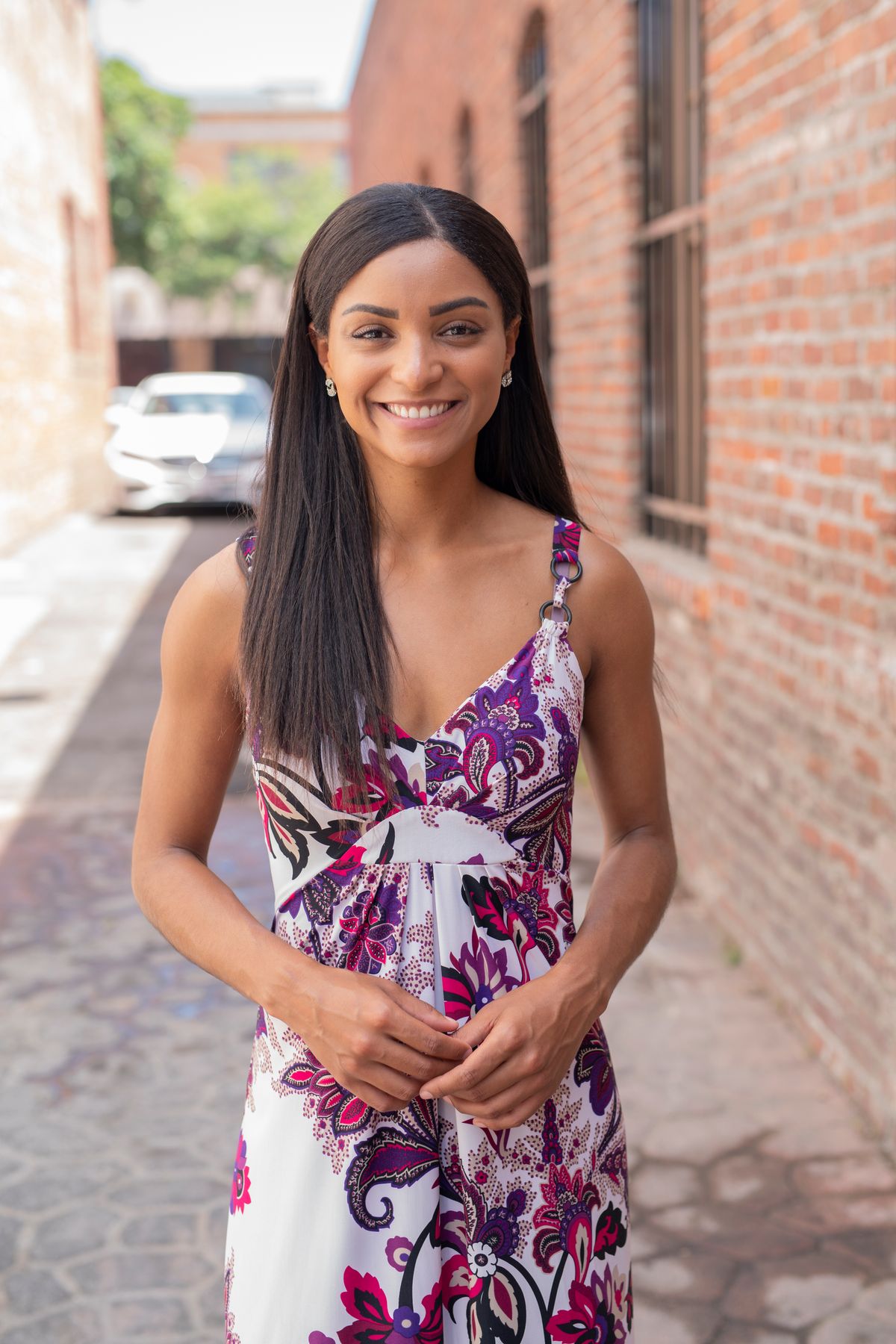
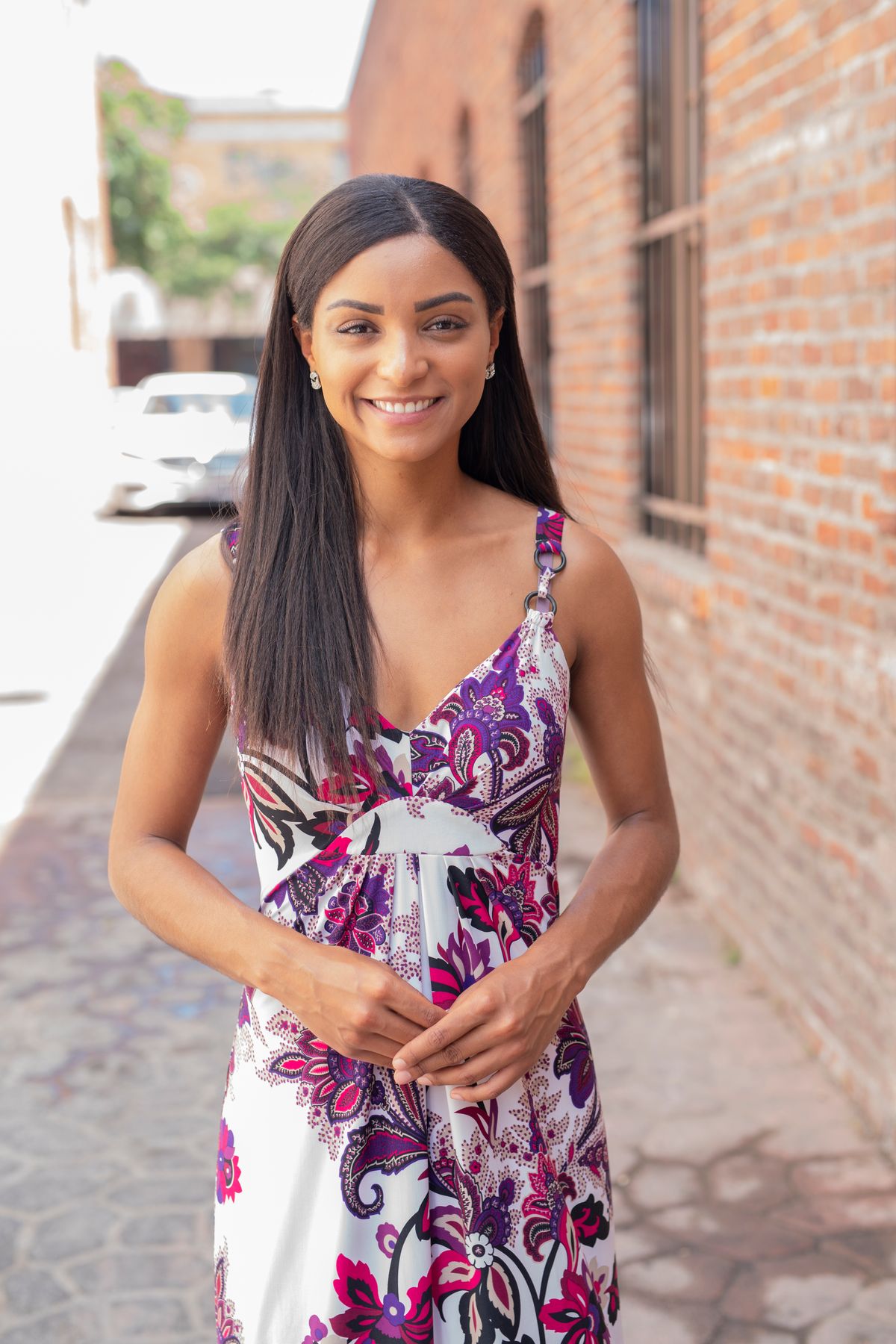
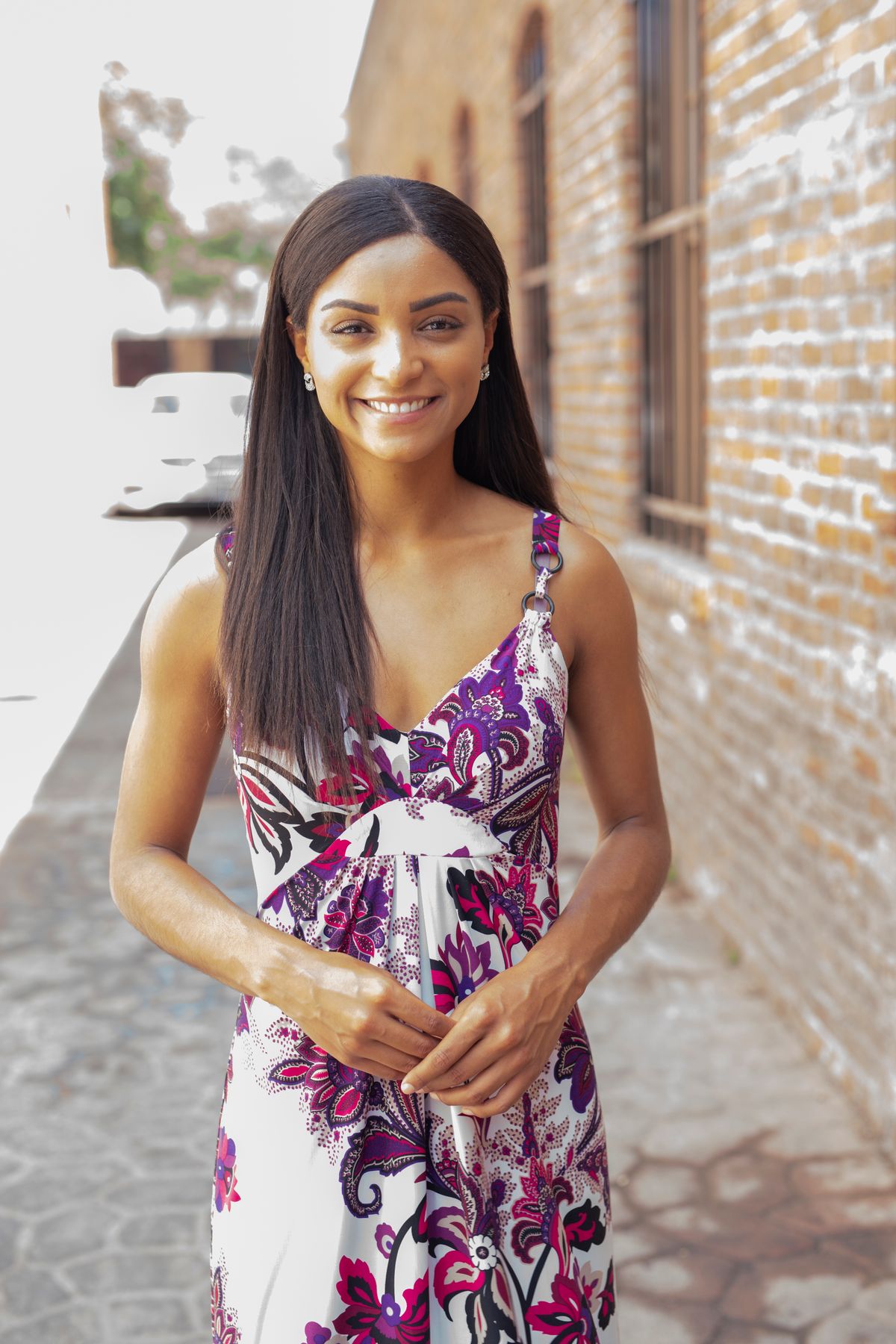
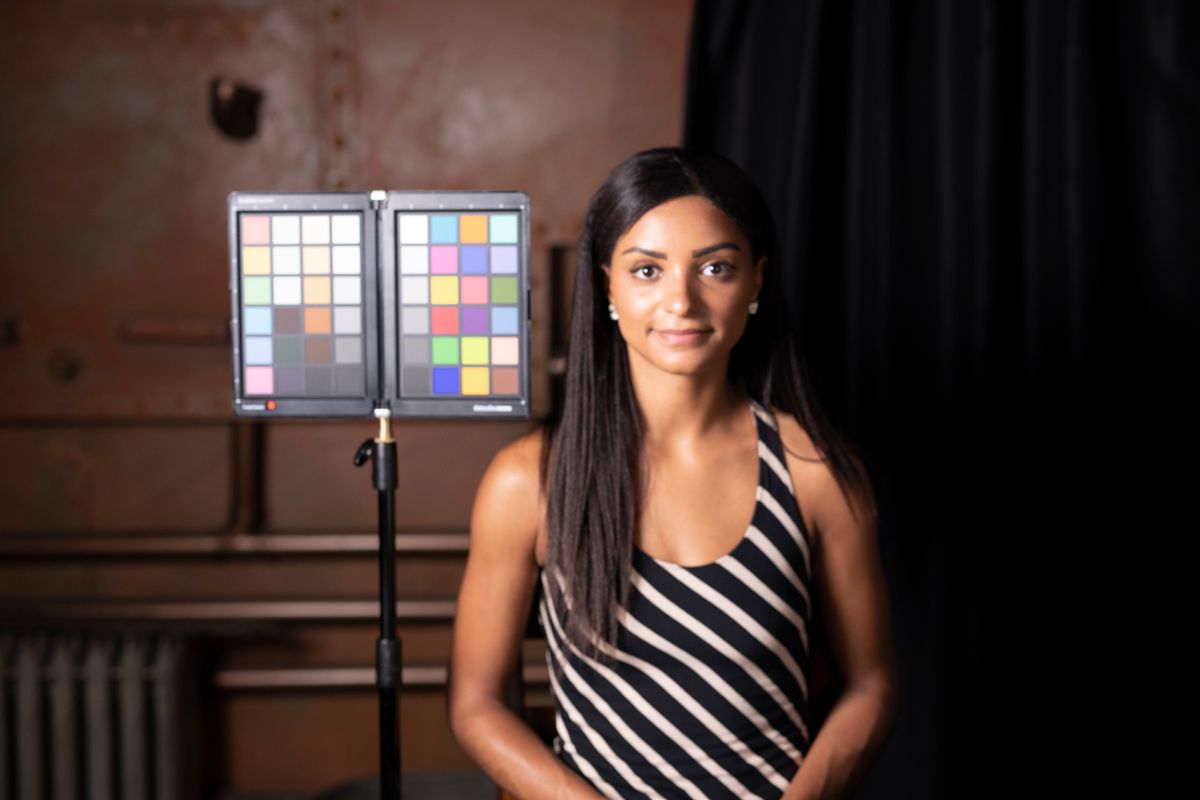
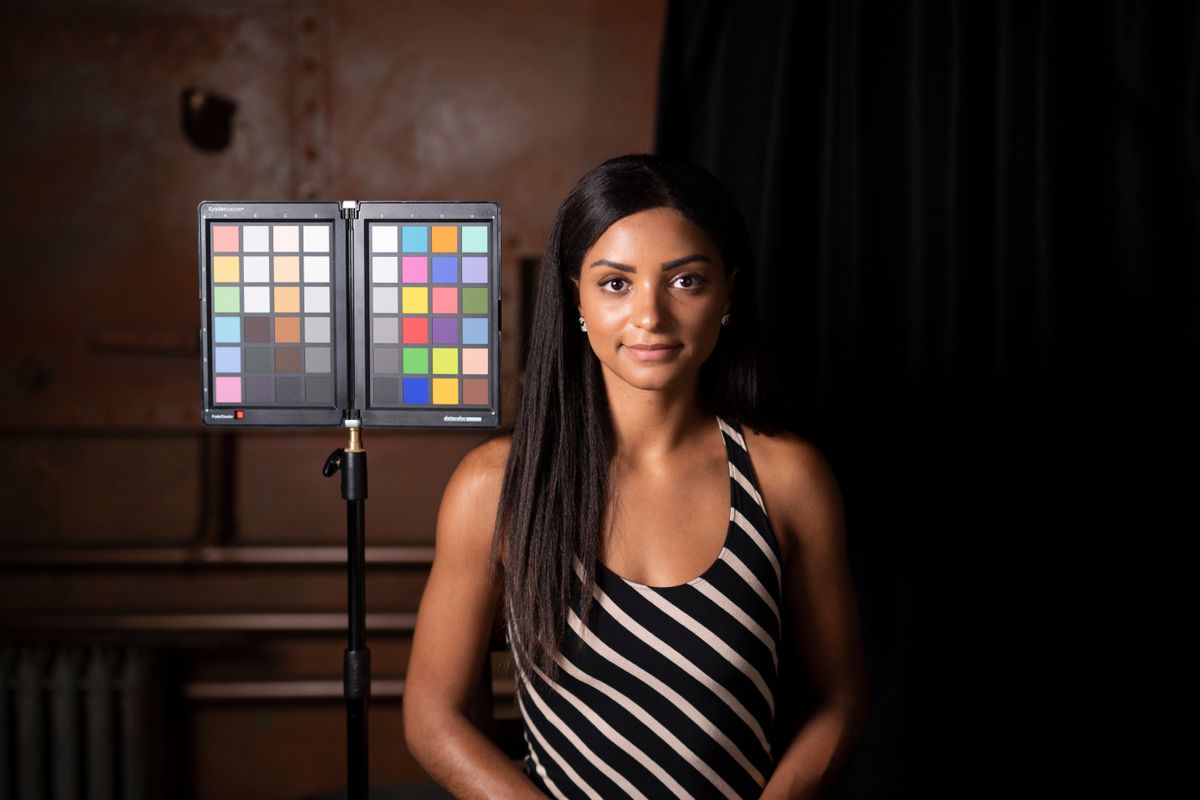
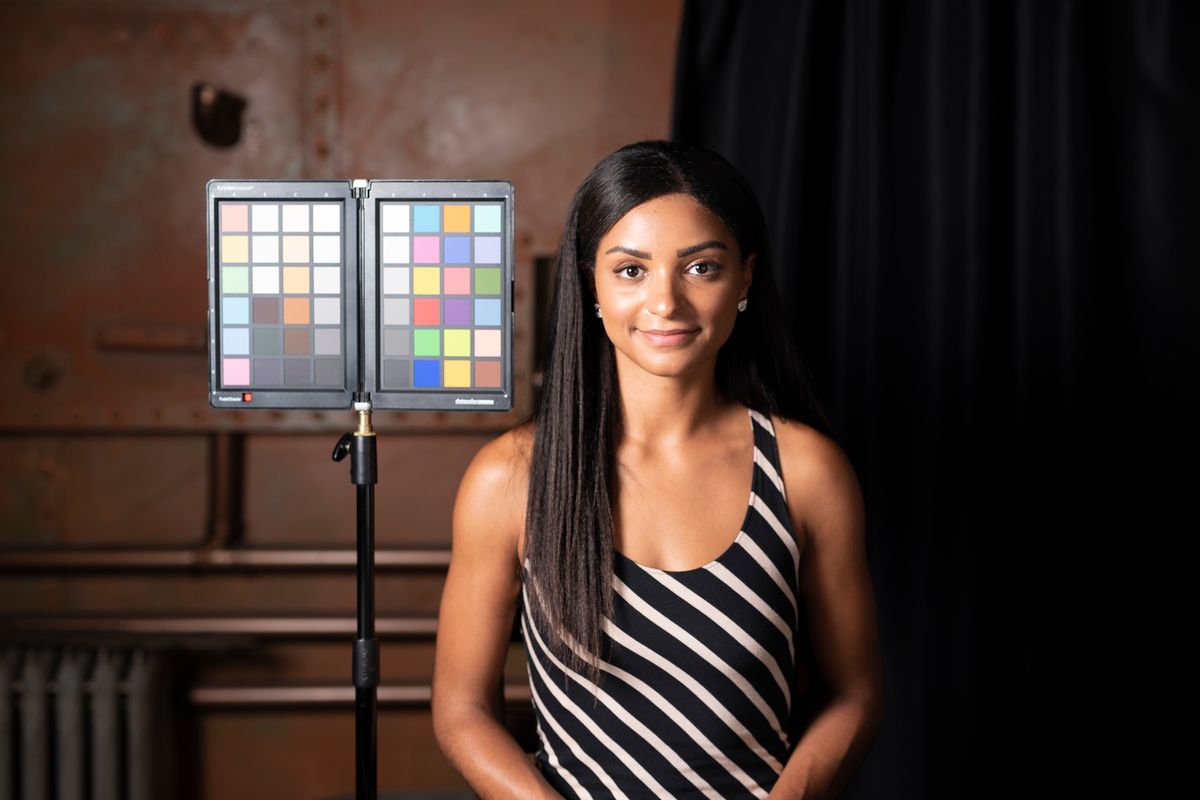
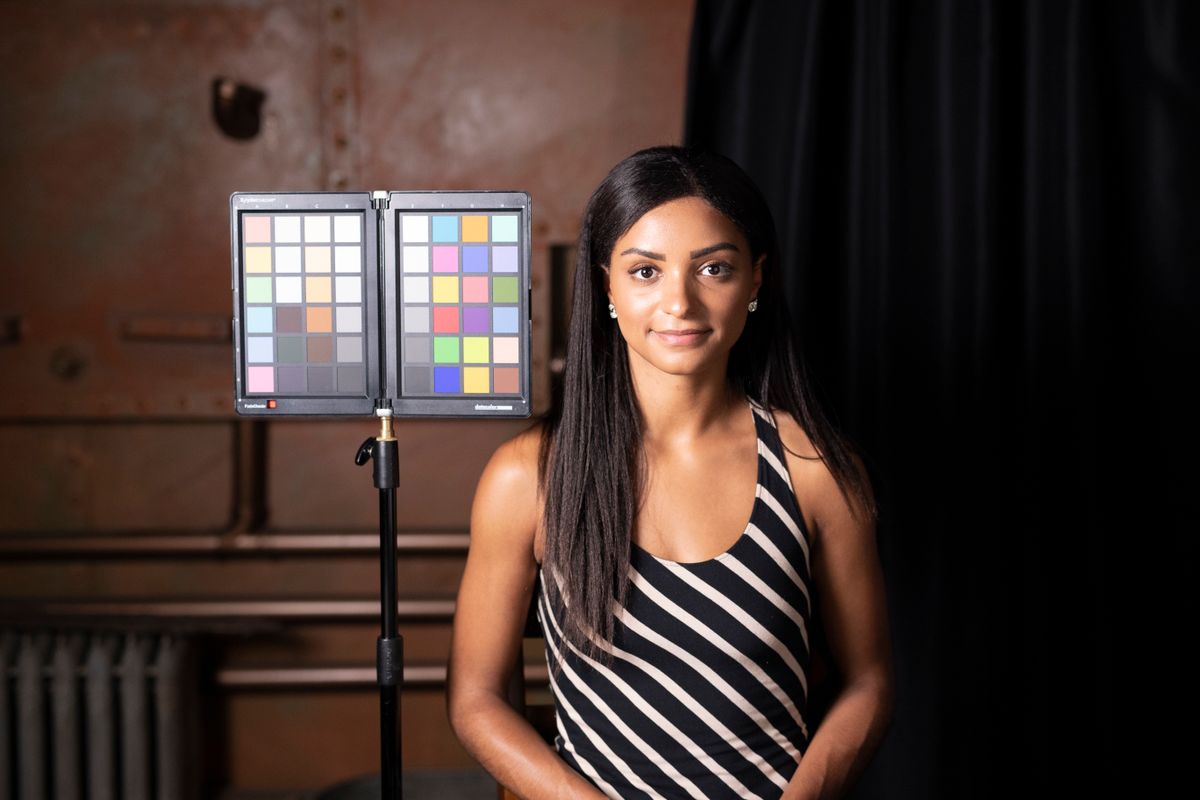
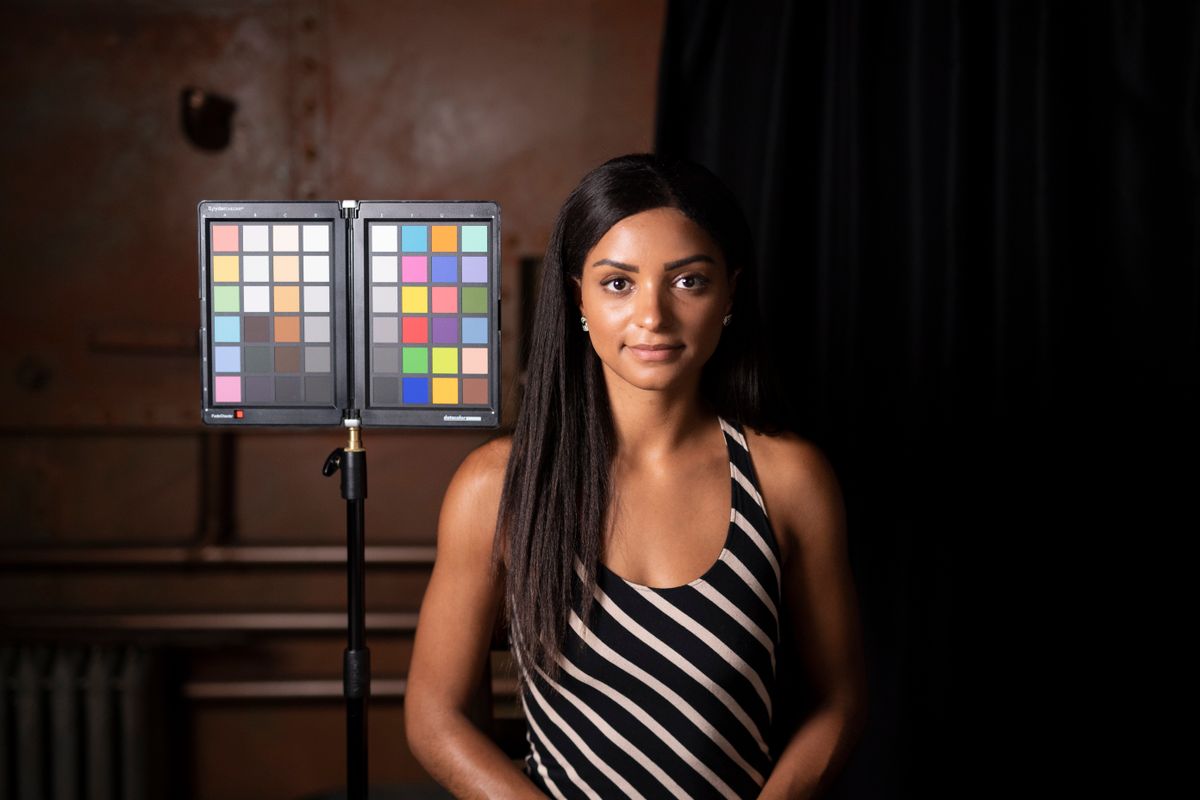
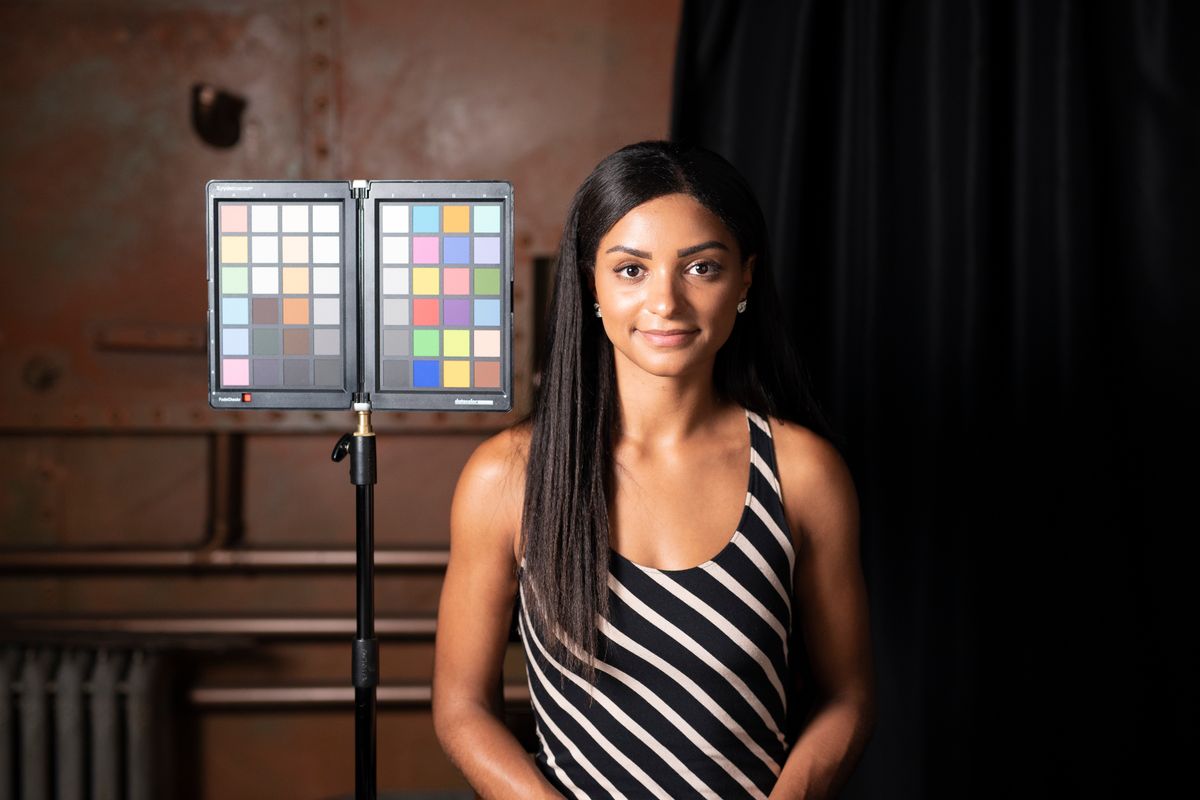
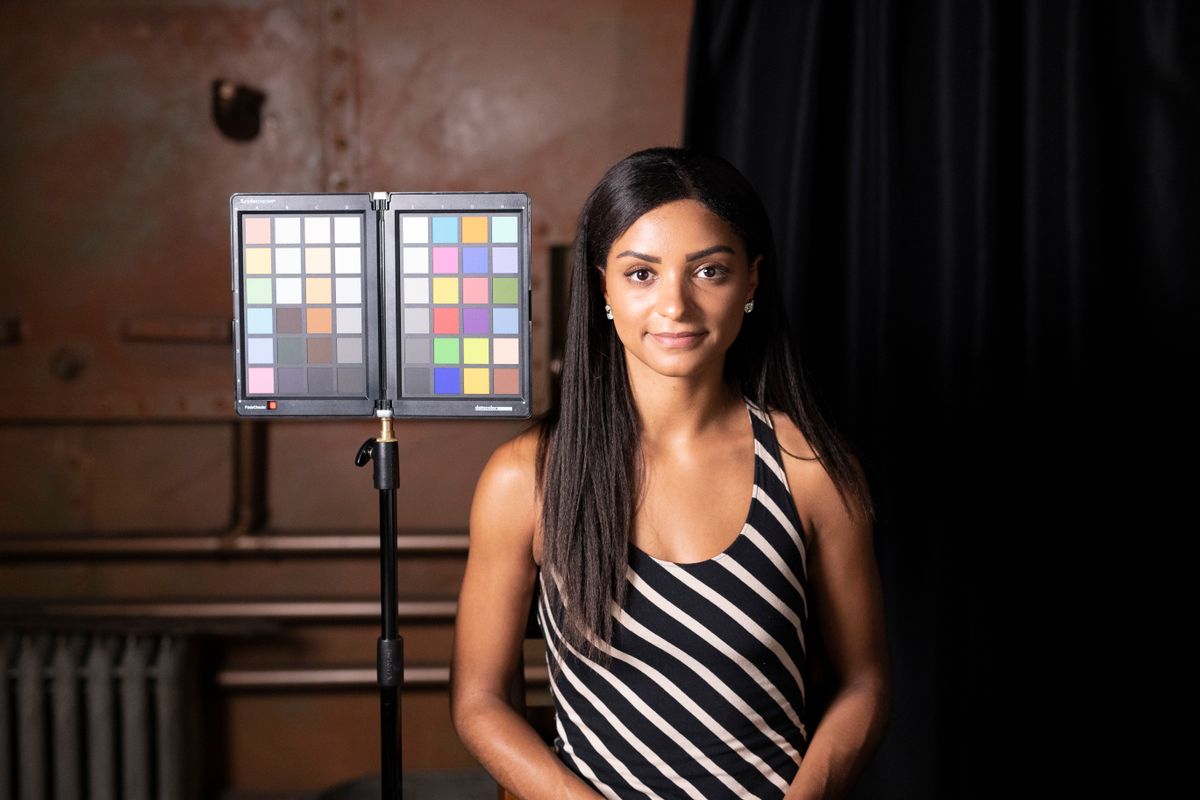
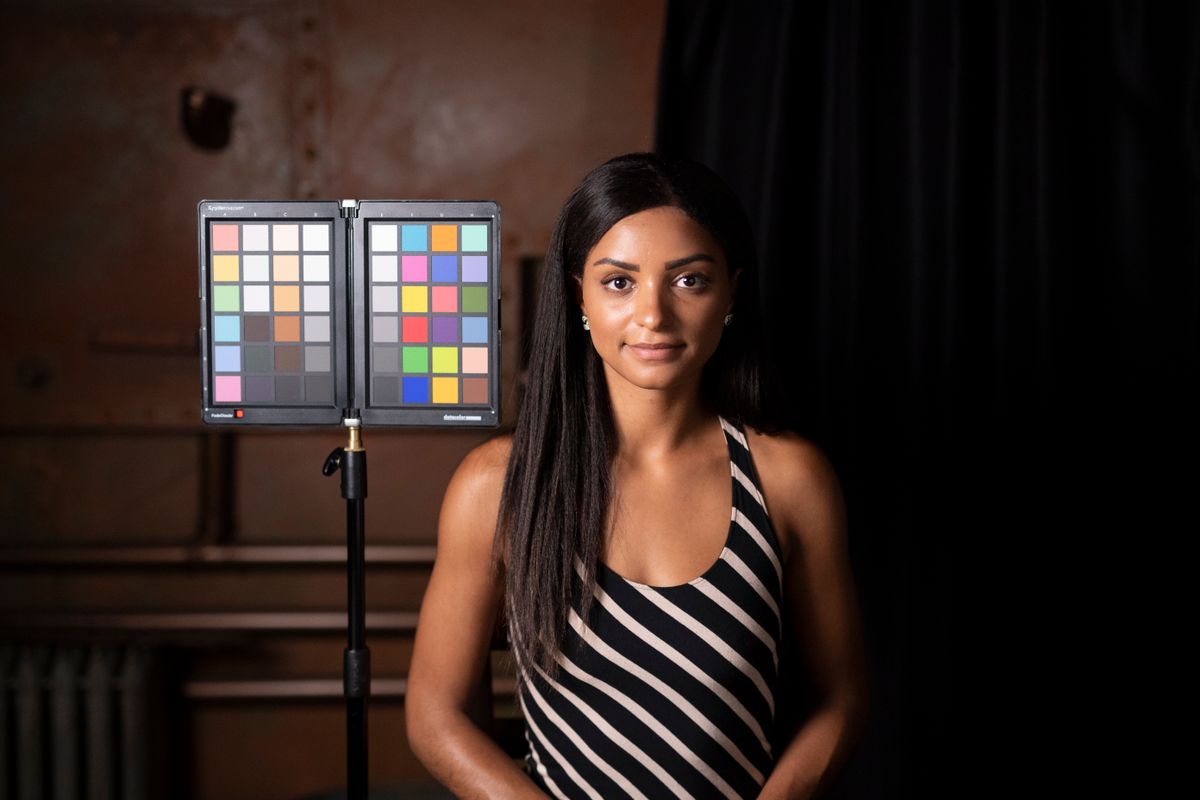
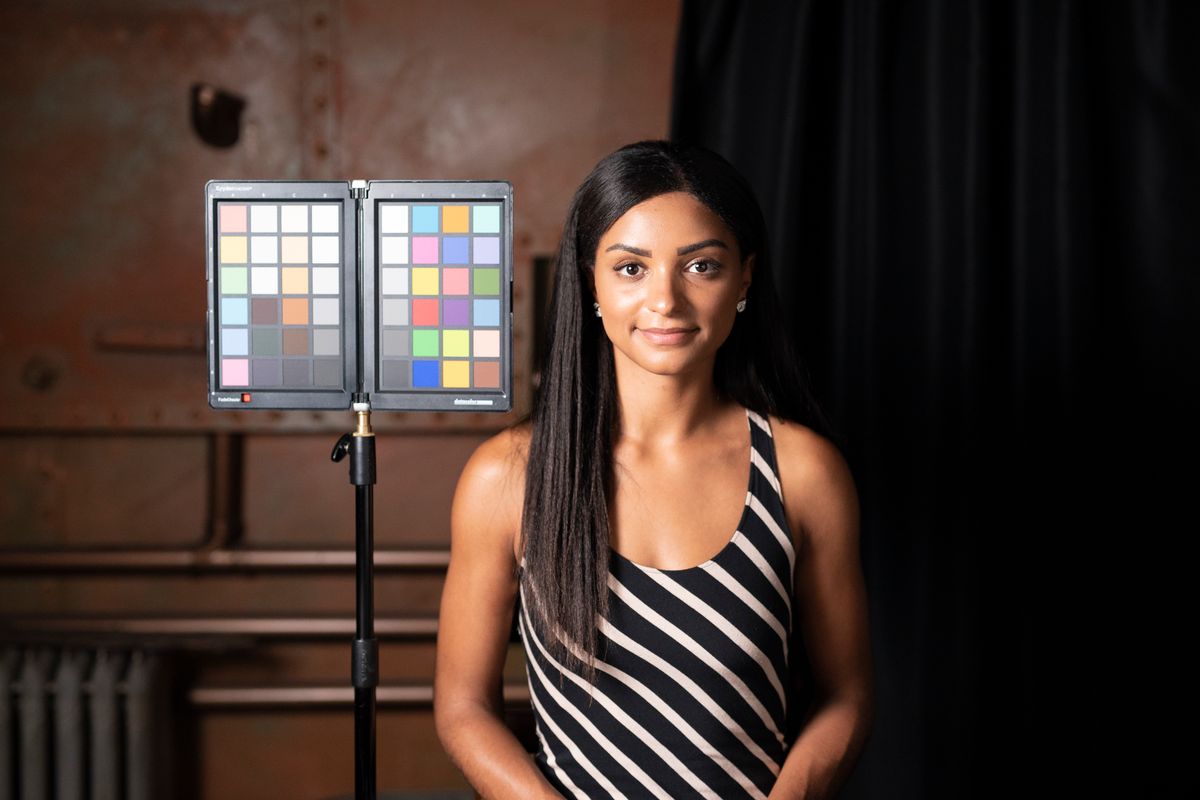
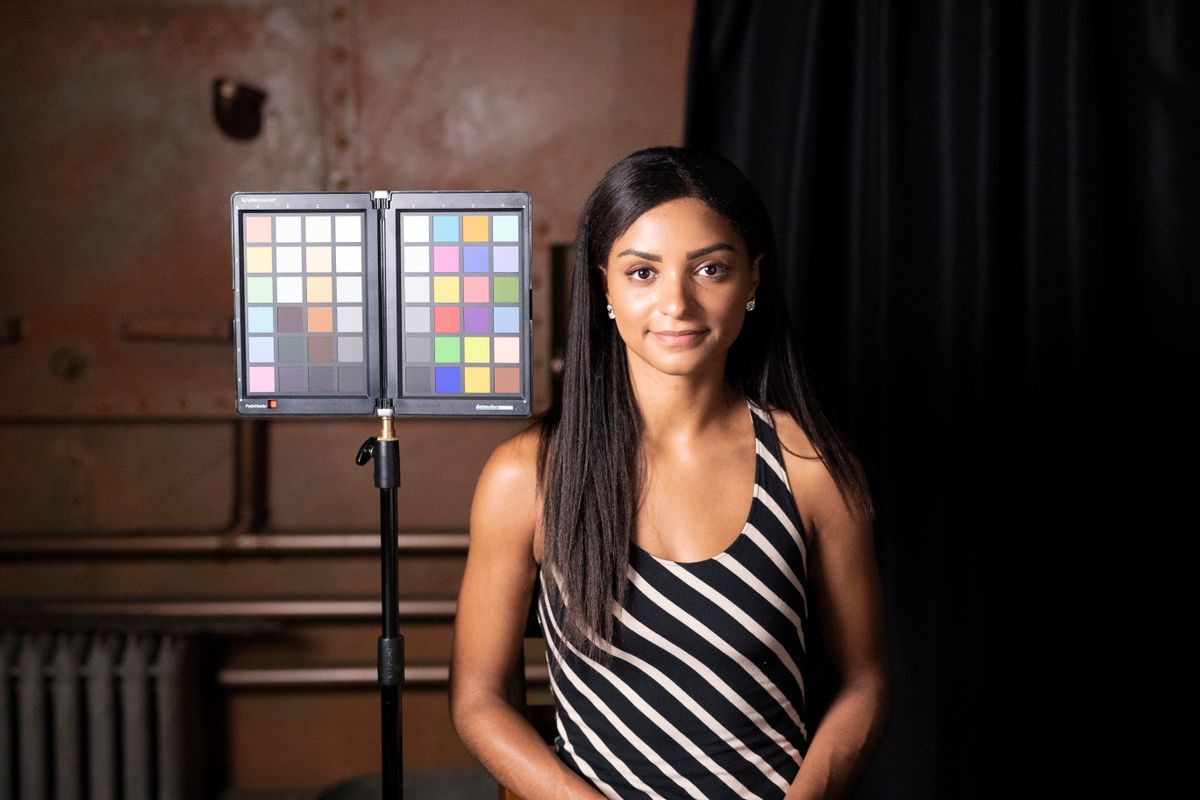
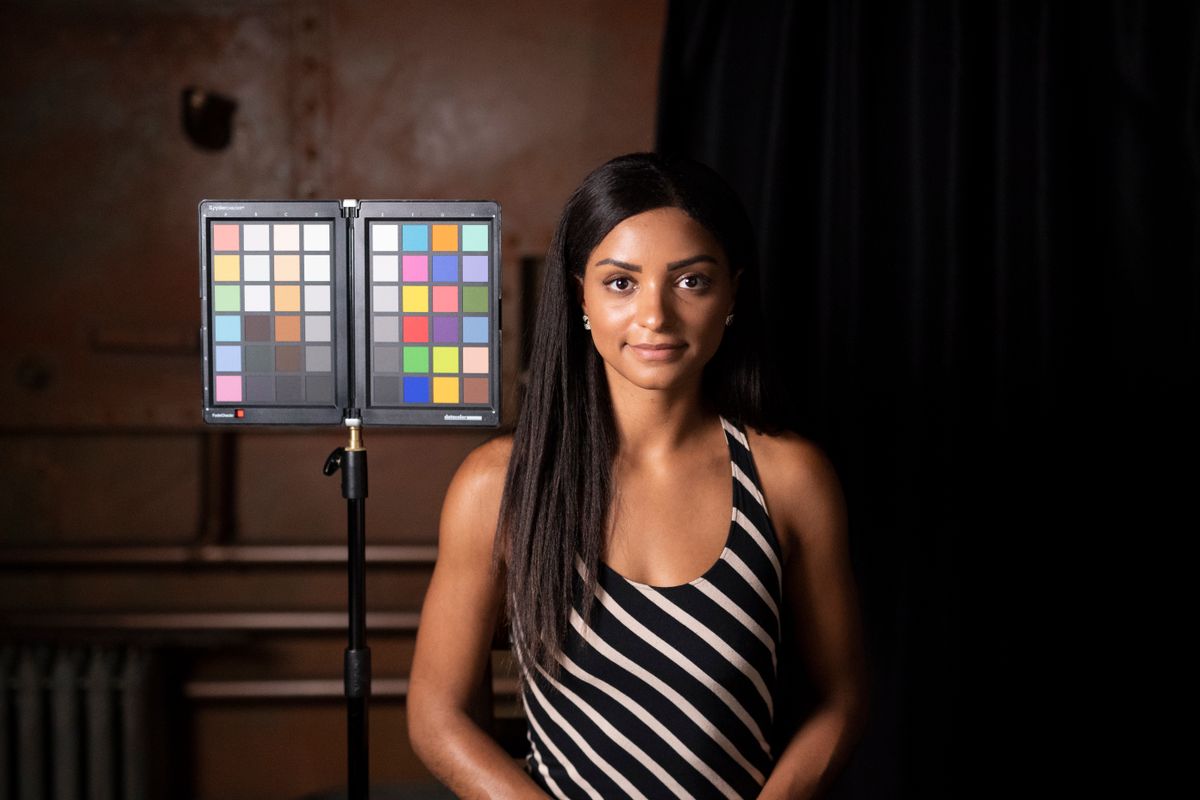
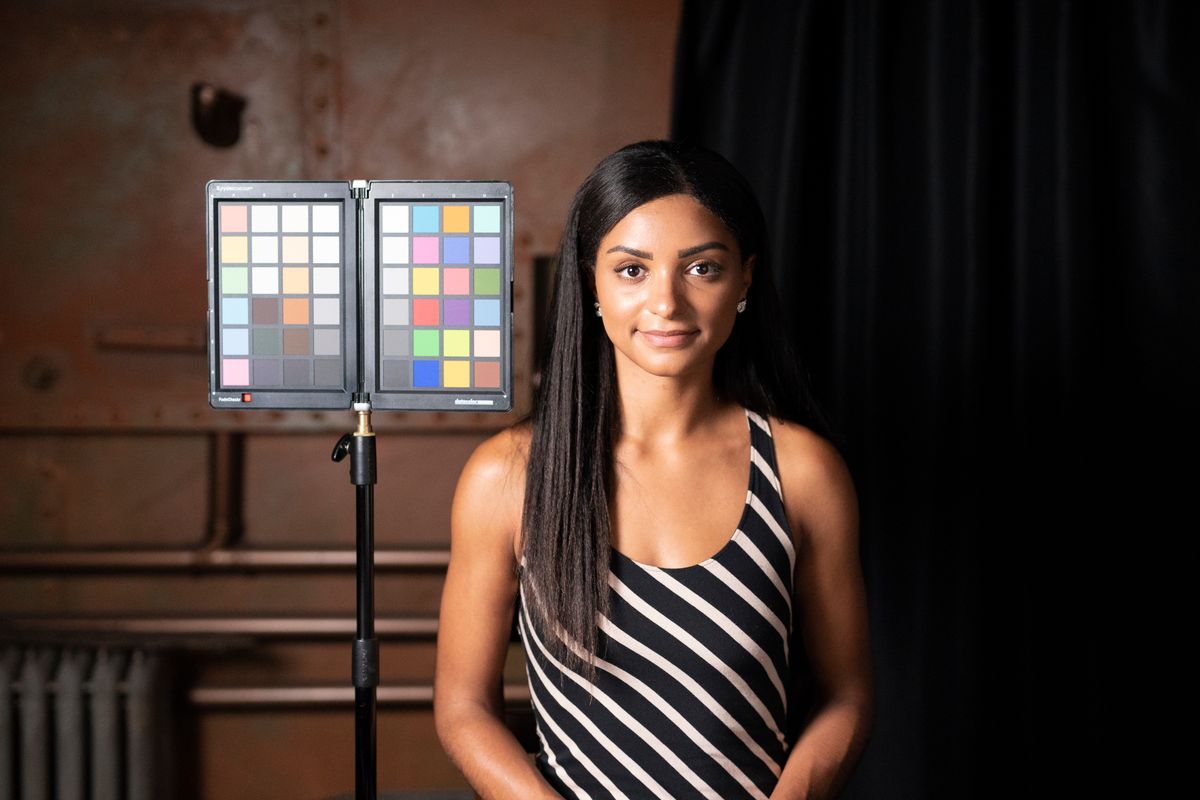
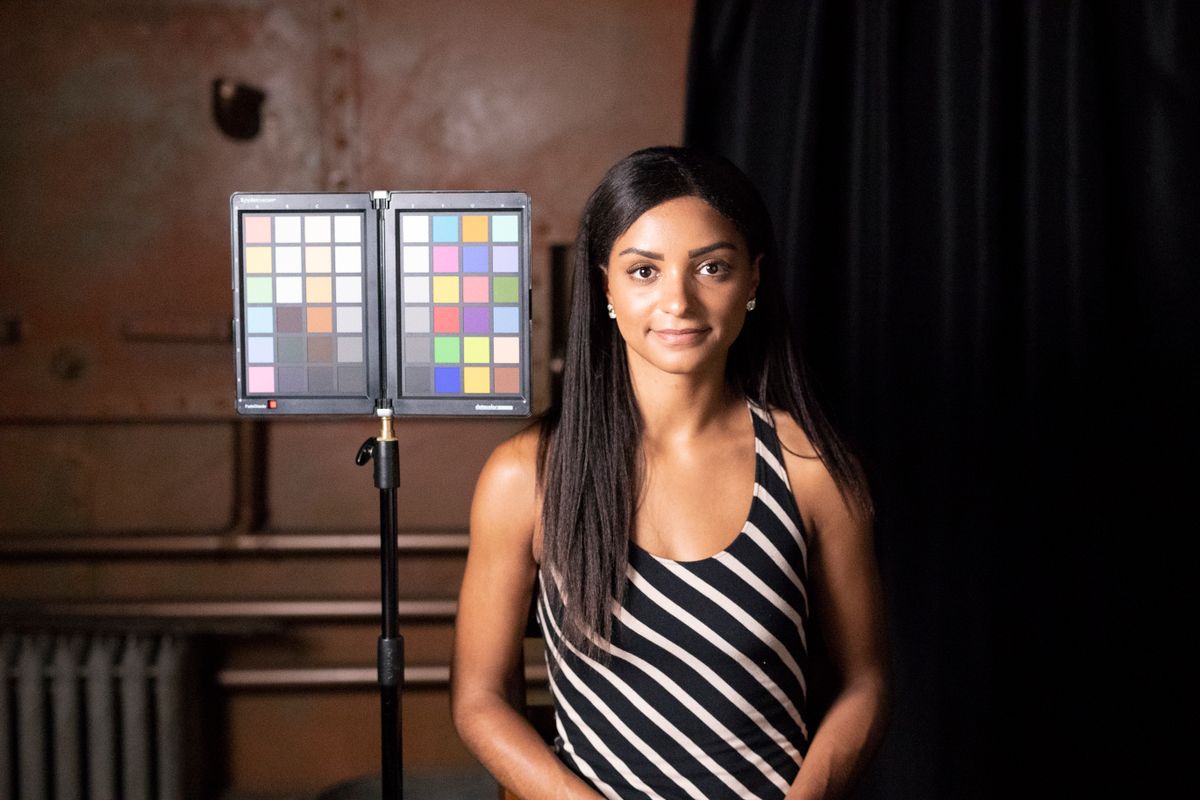
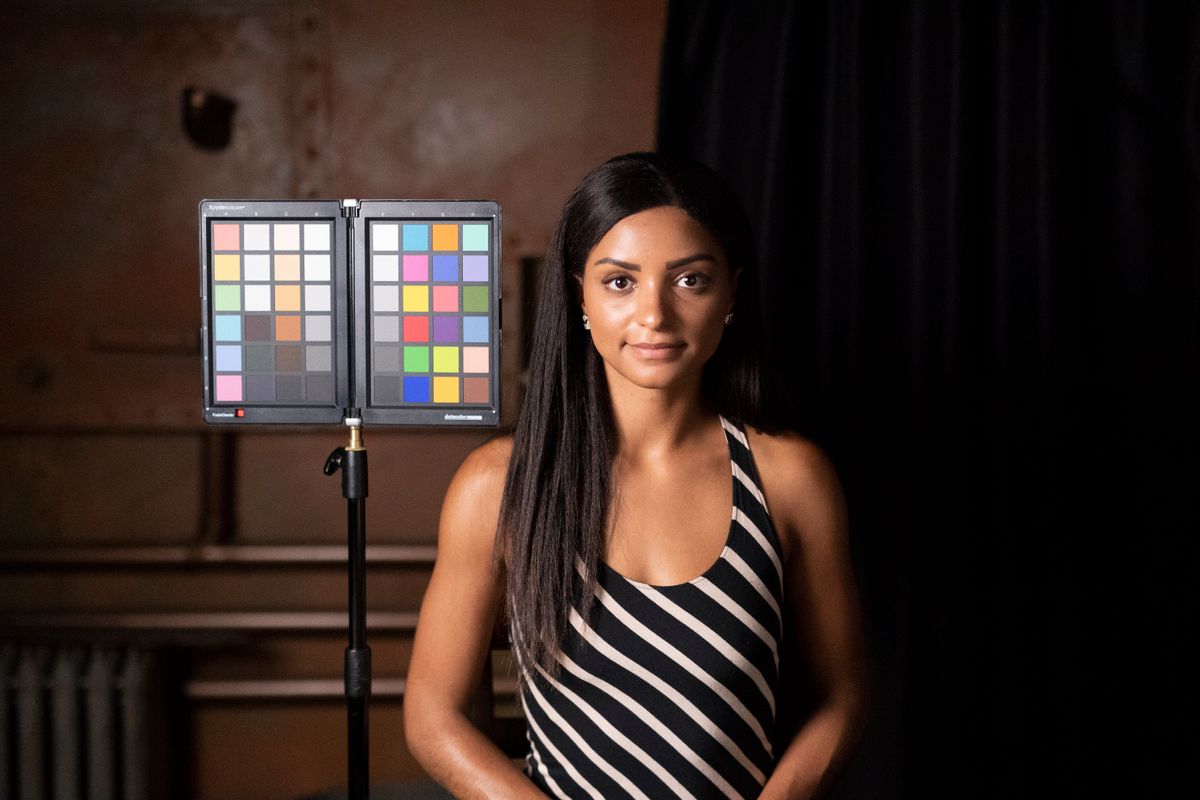

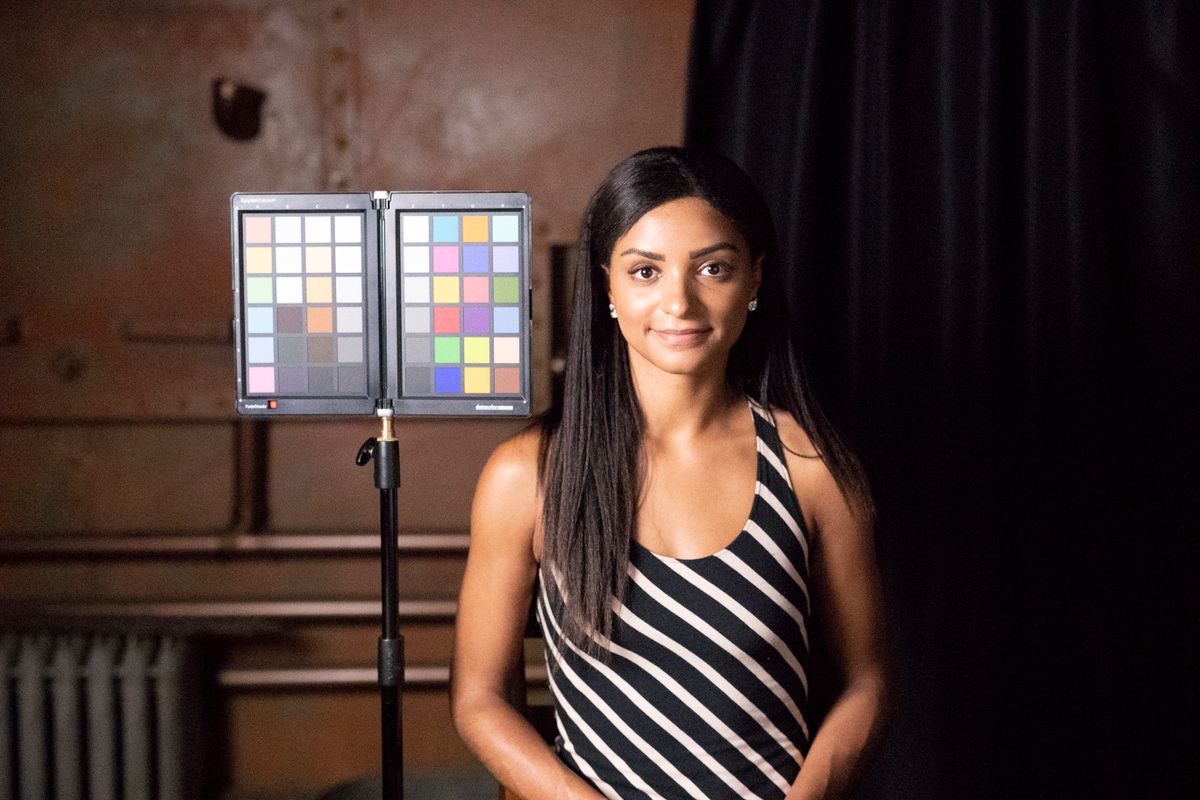
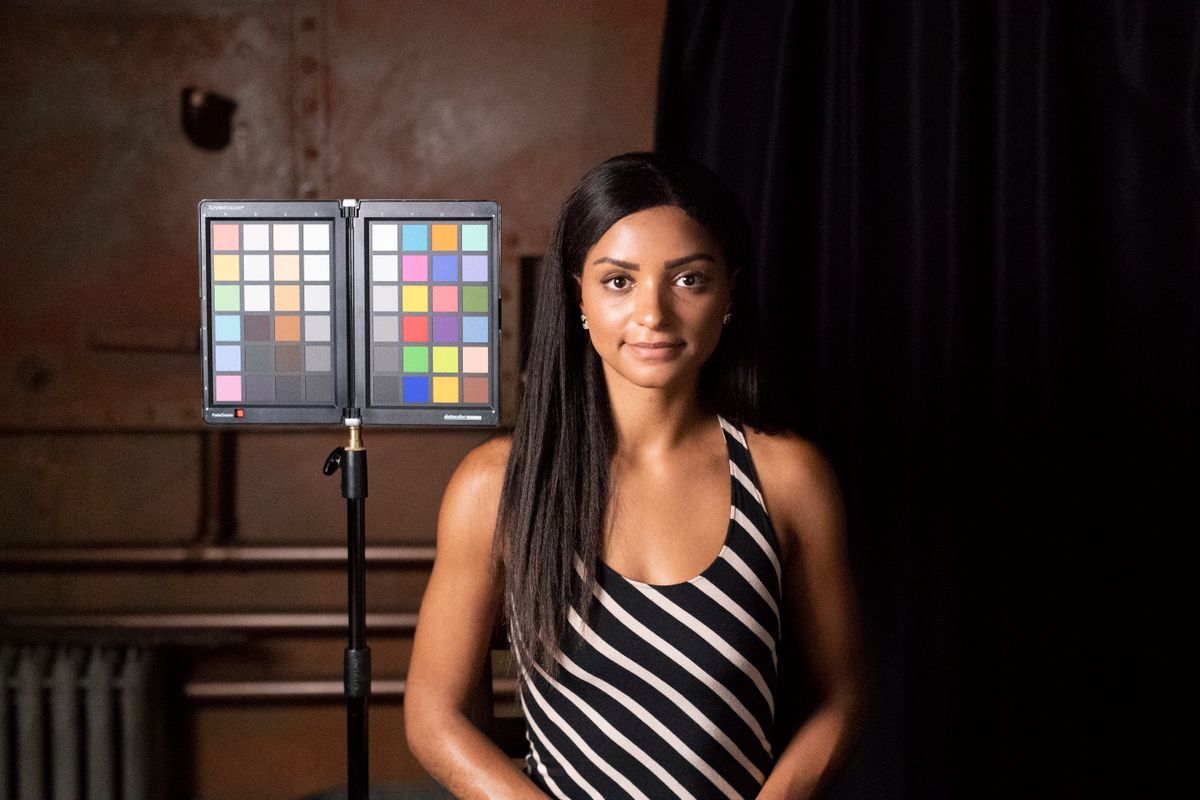
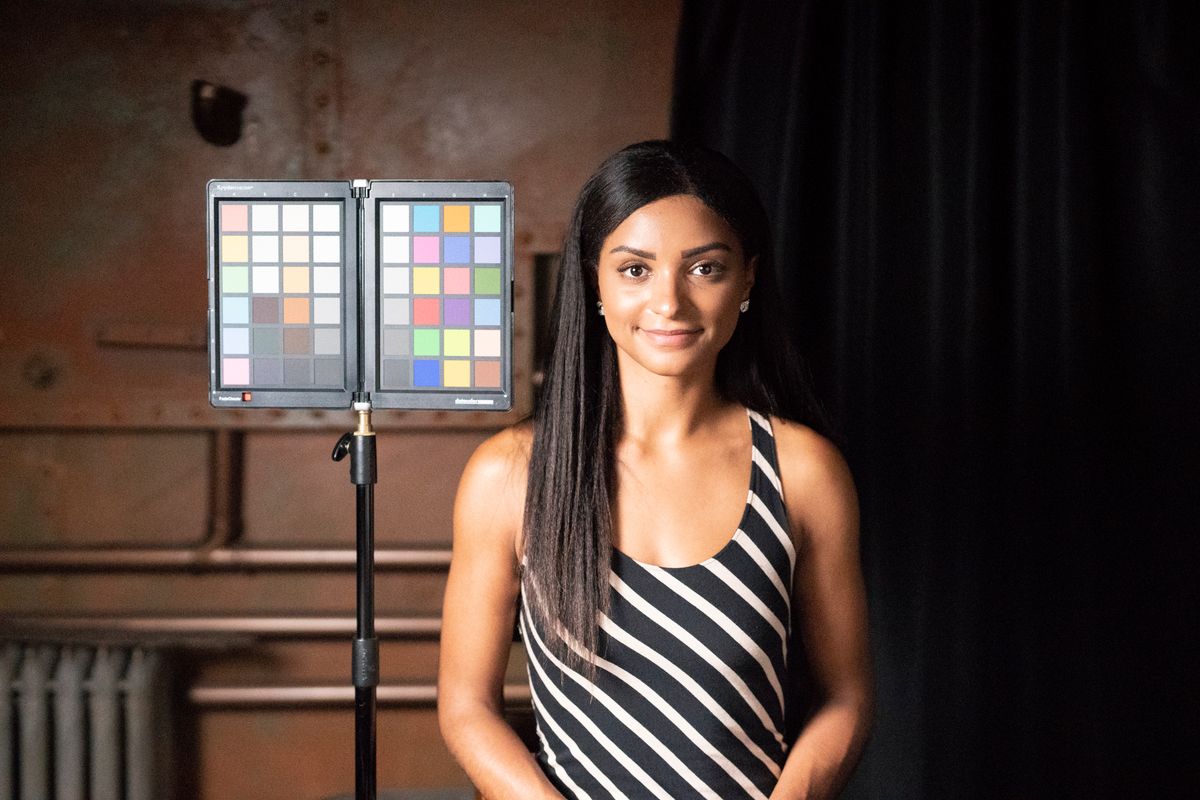
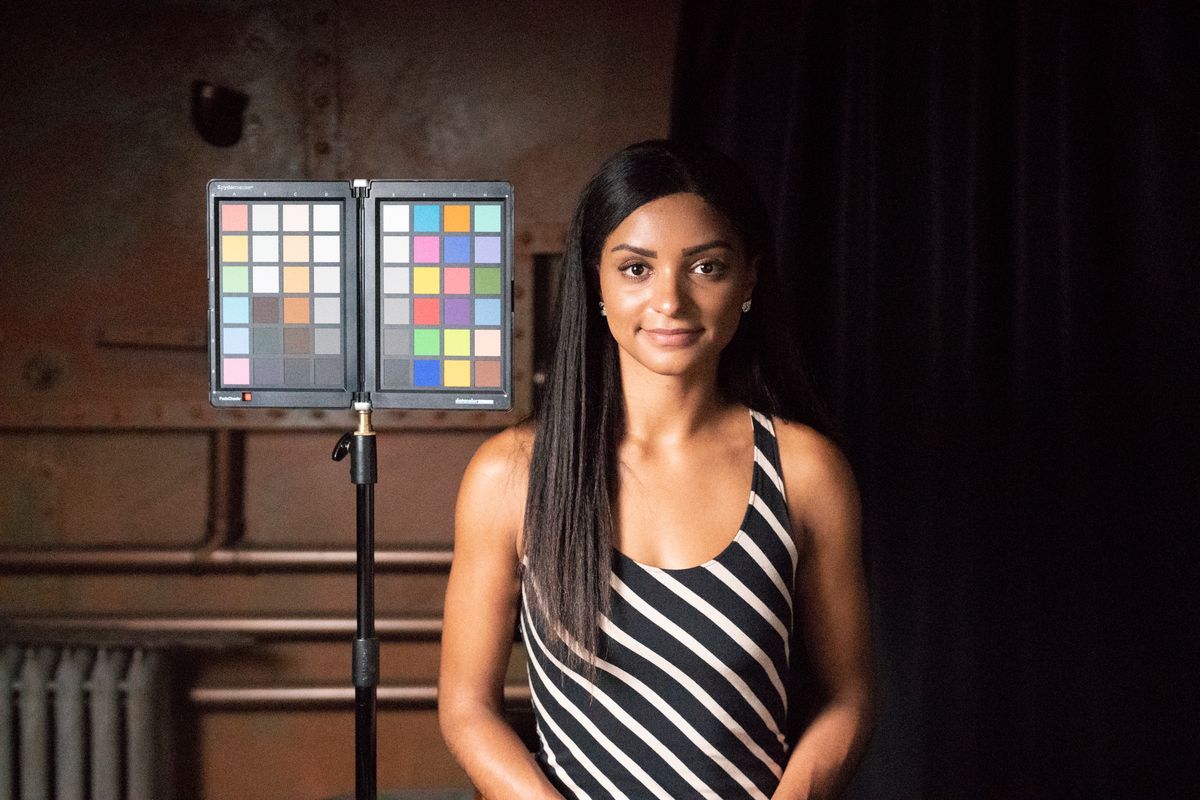
Leave a Reply